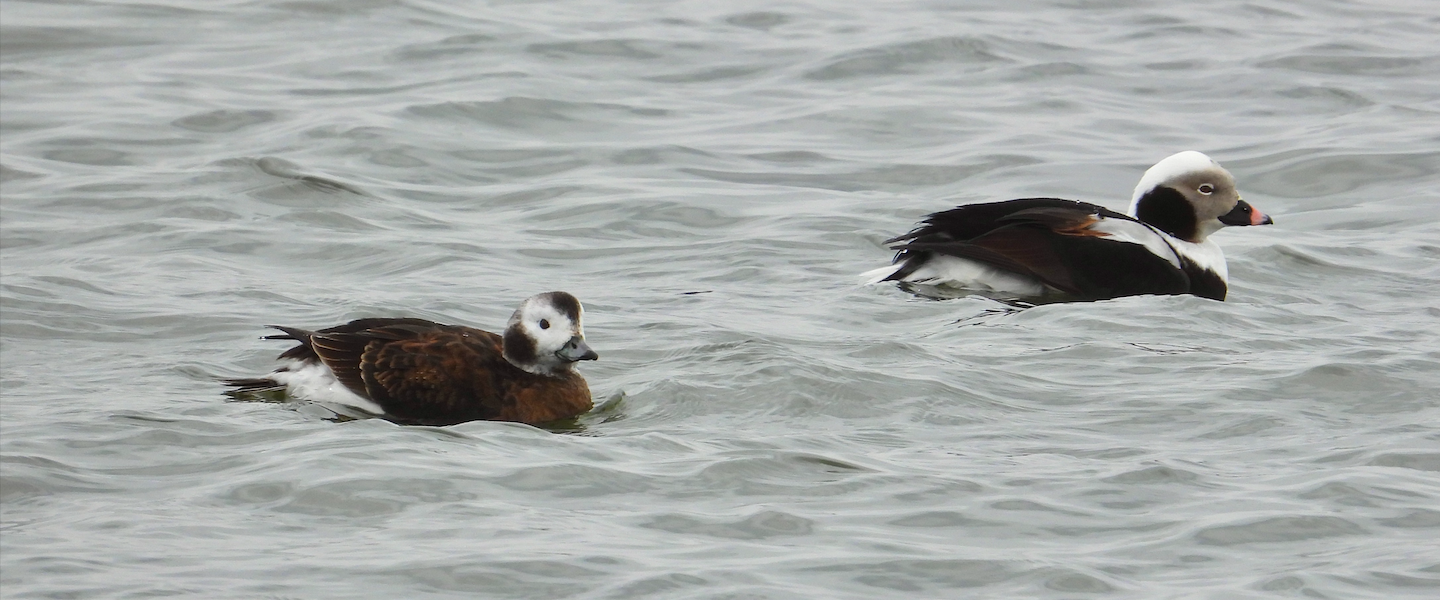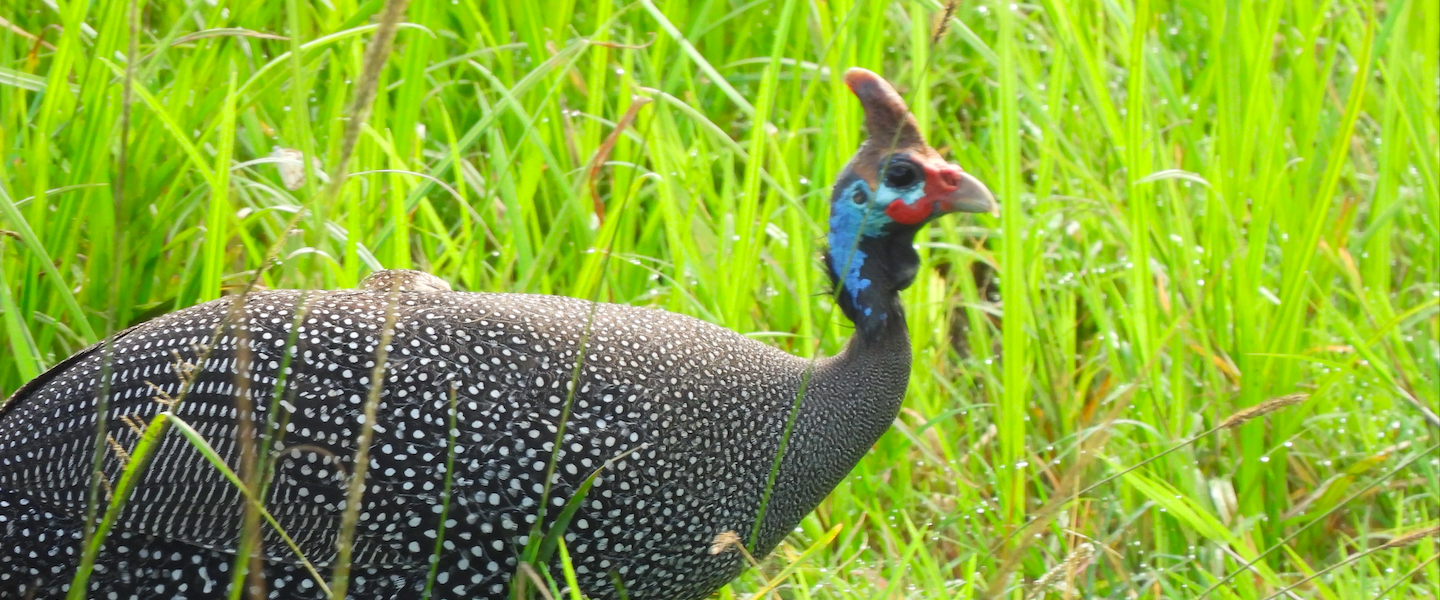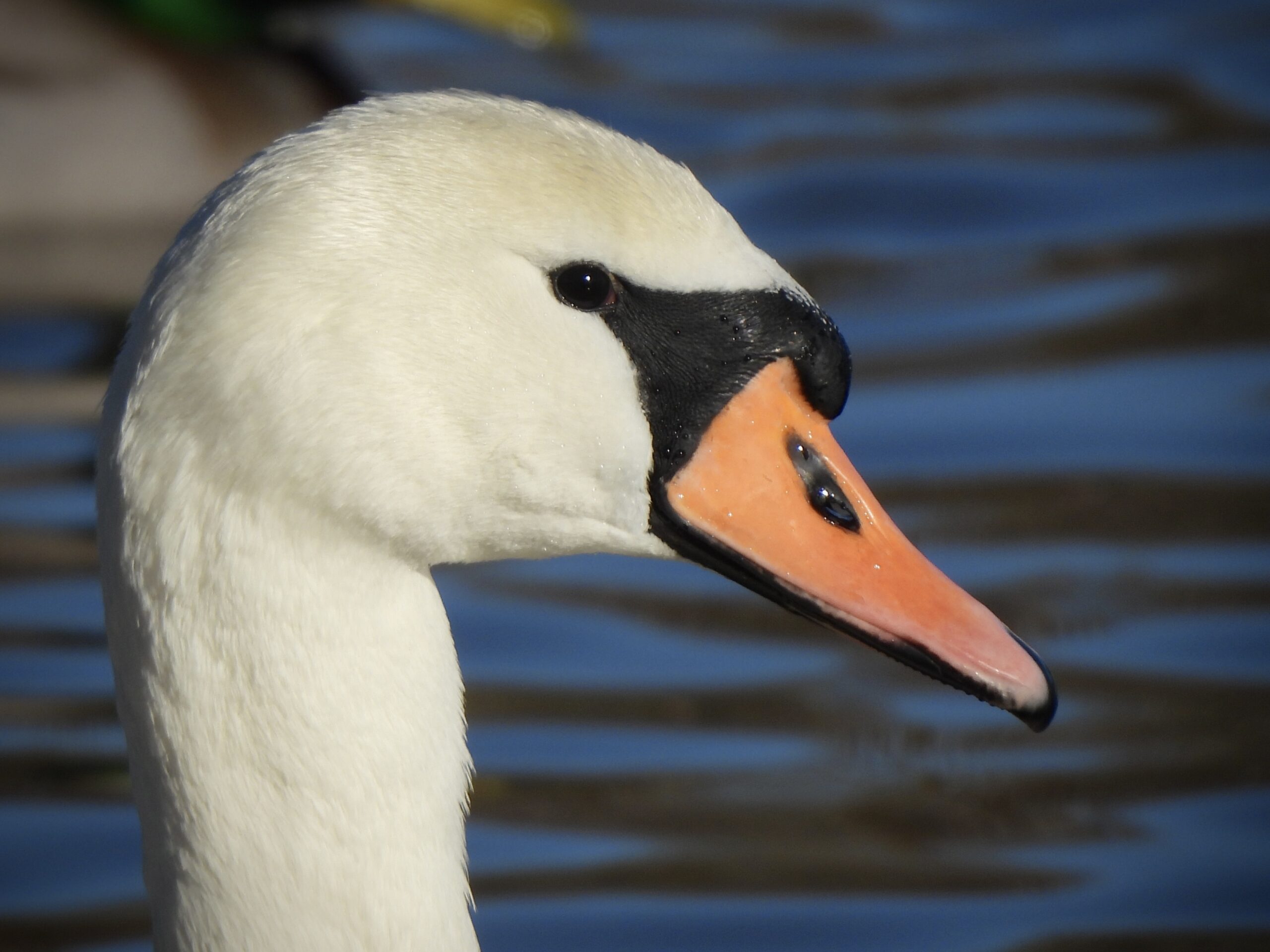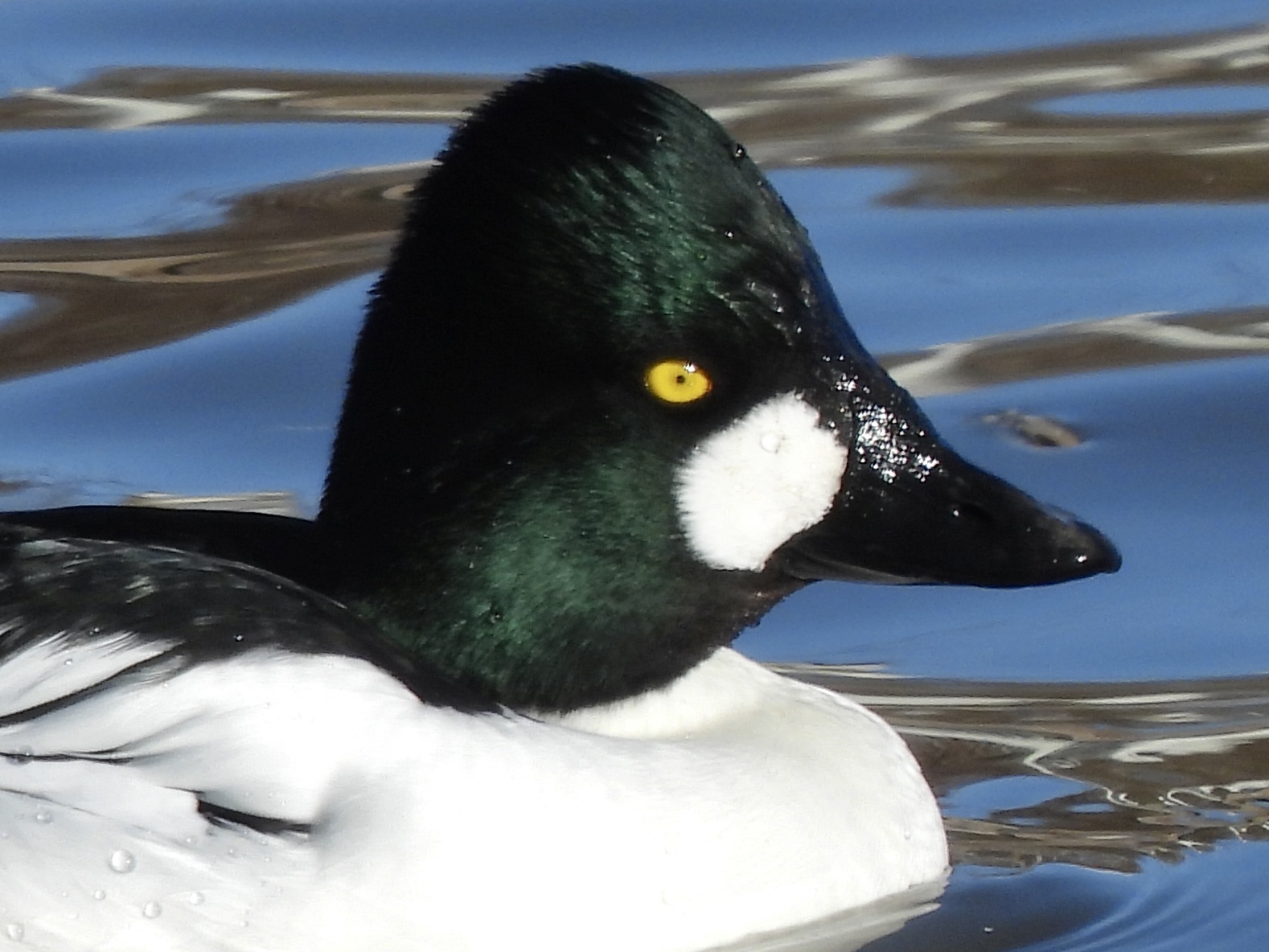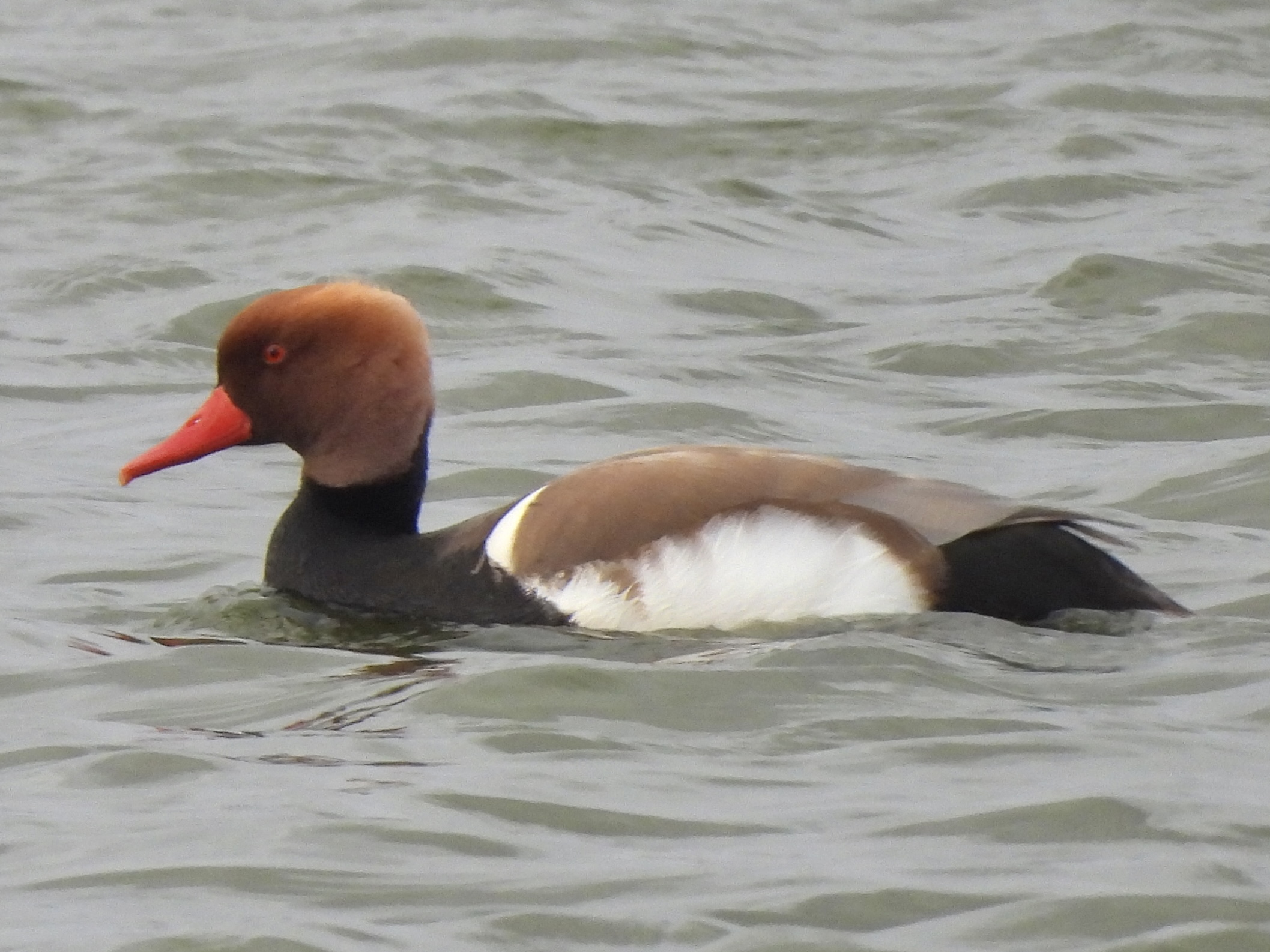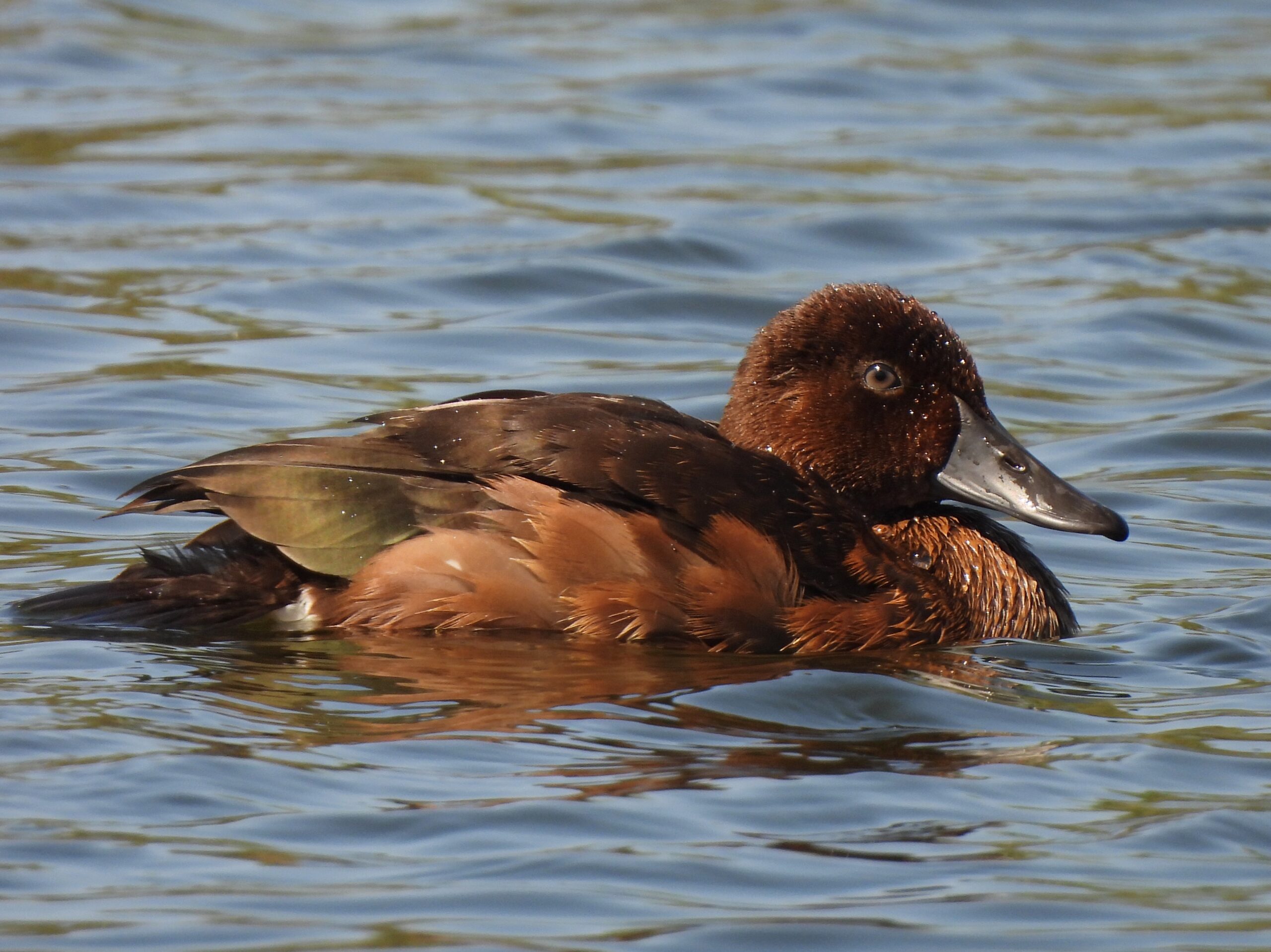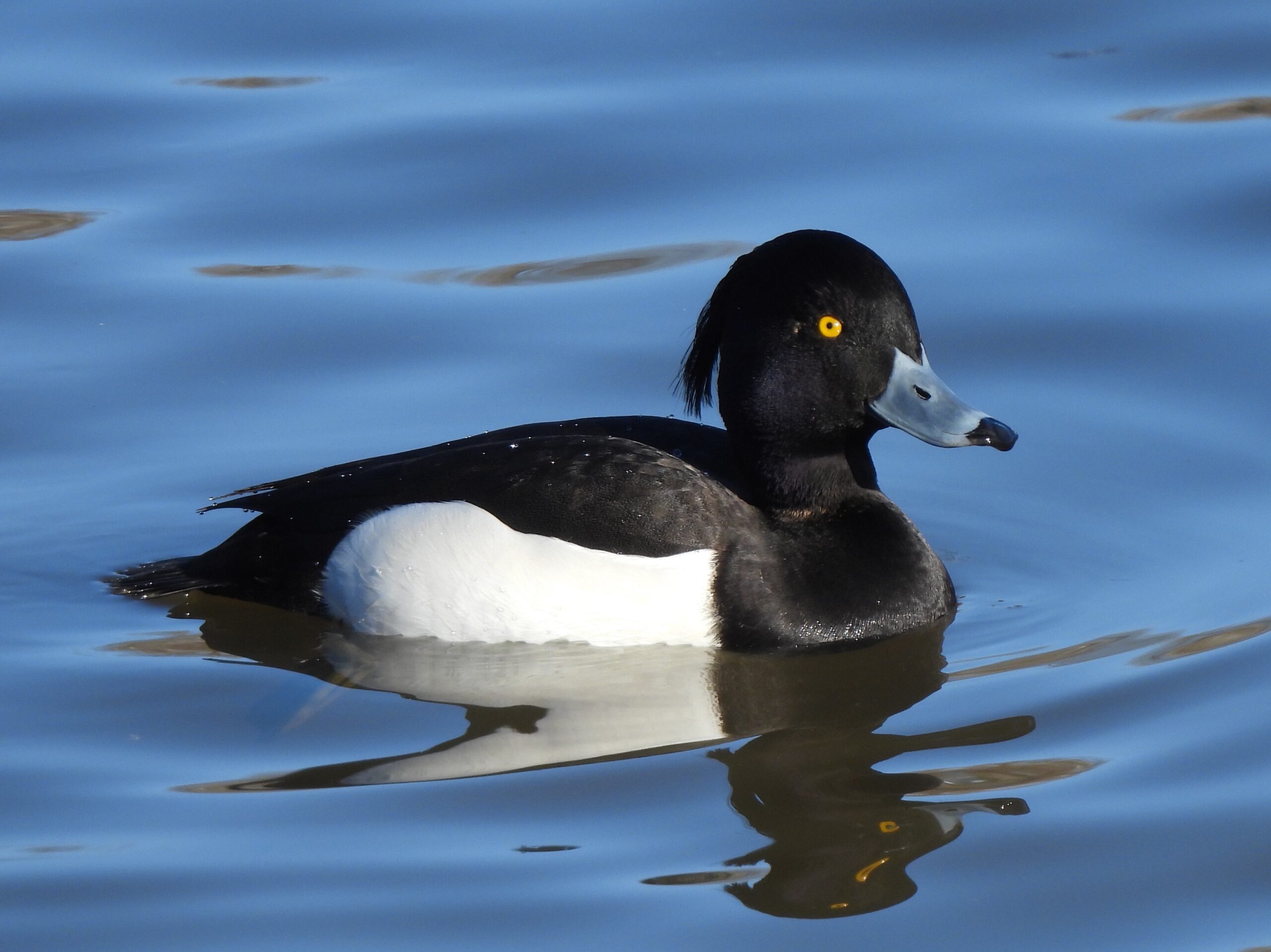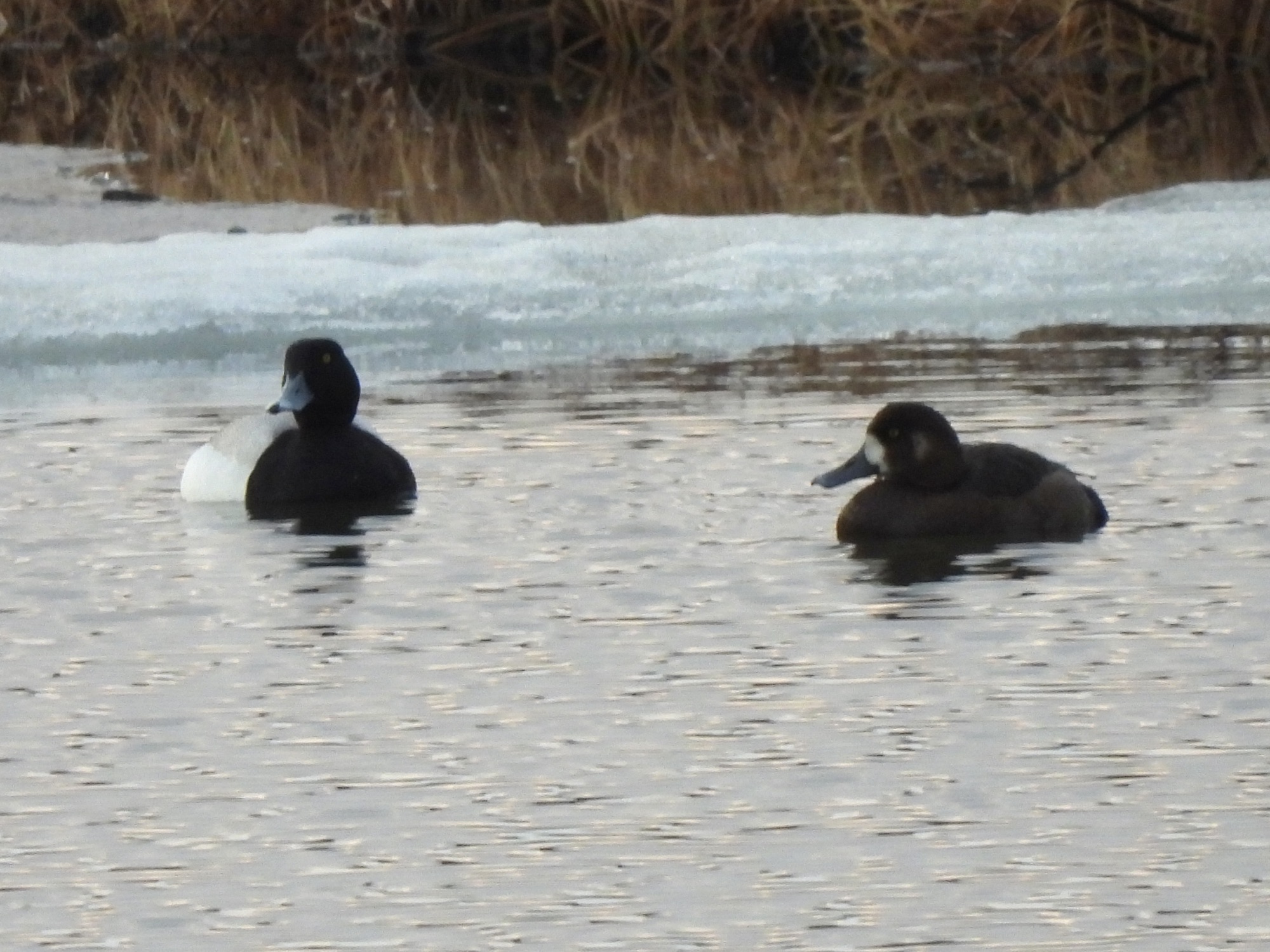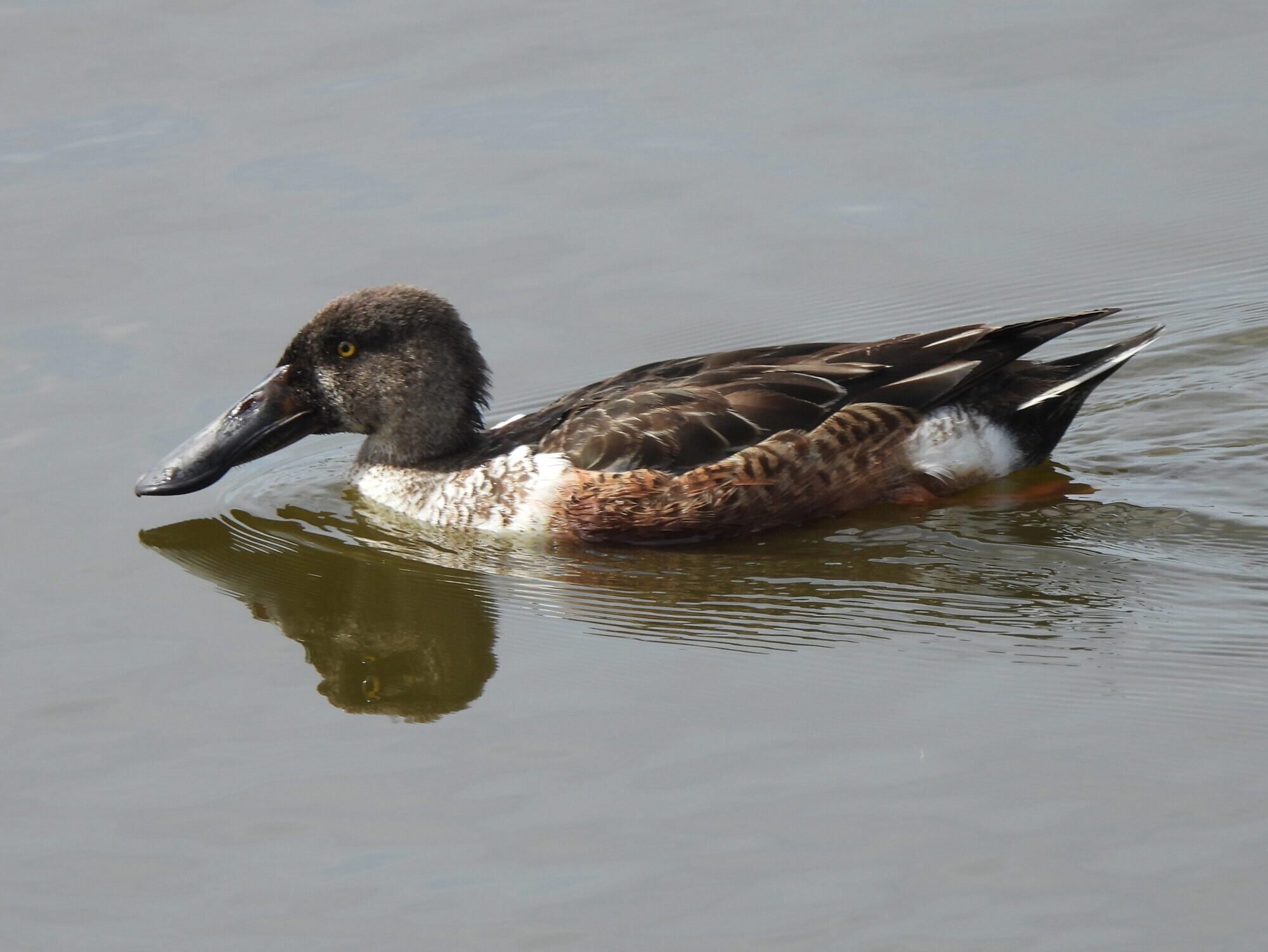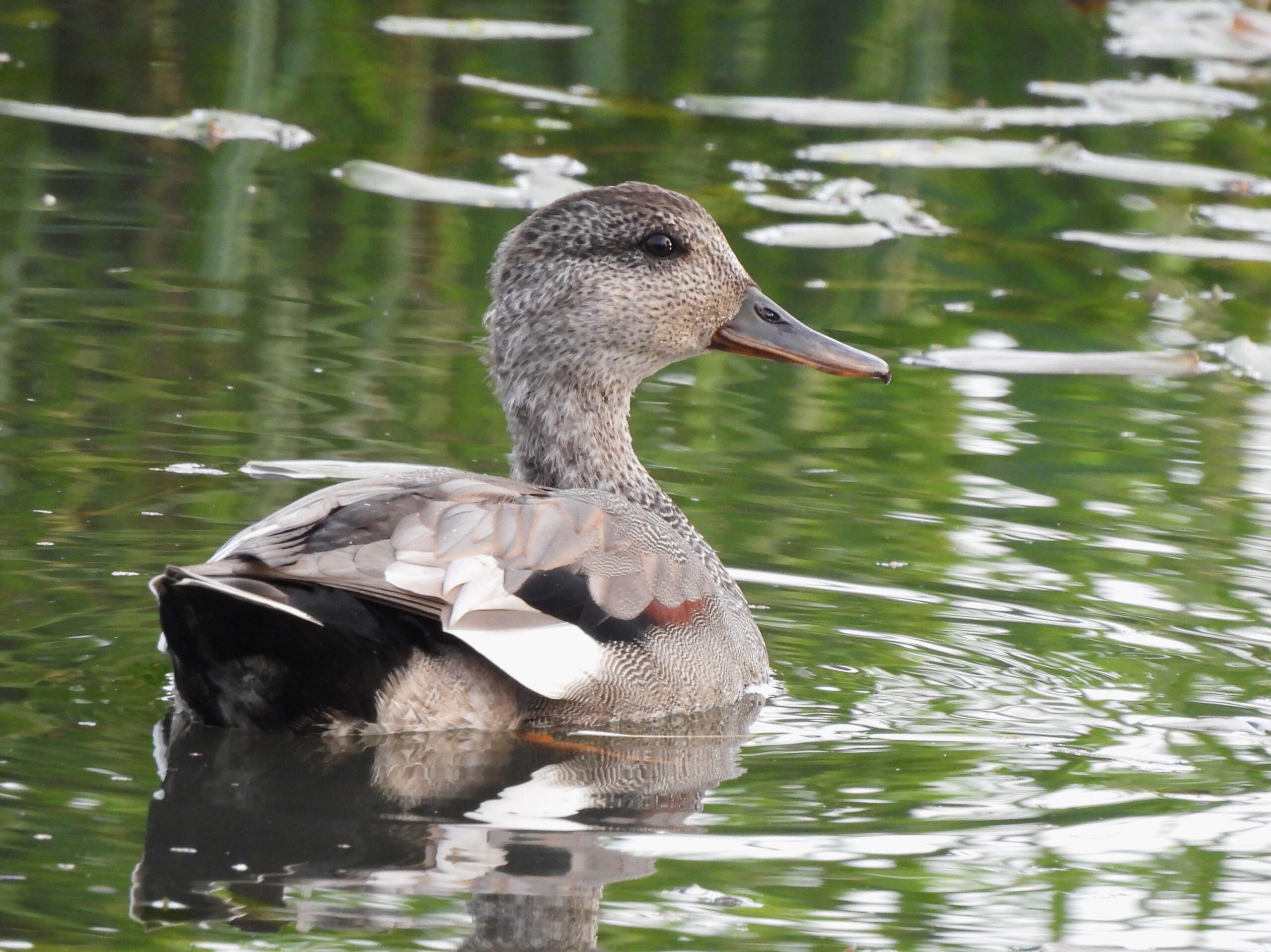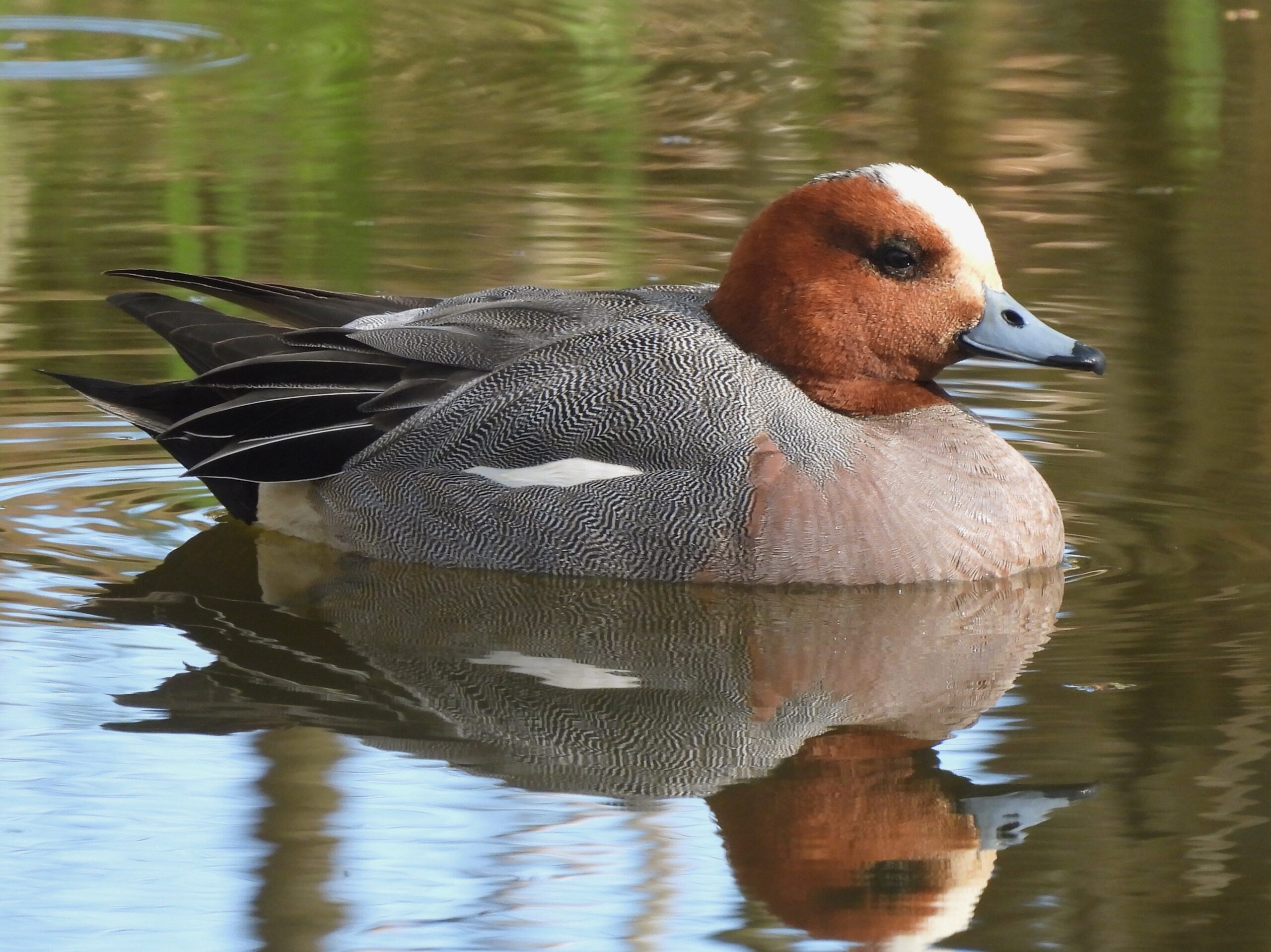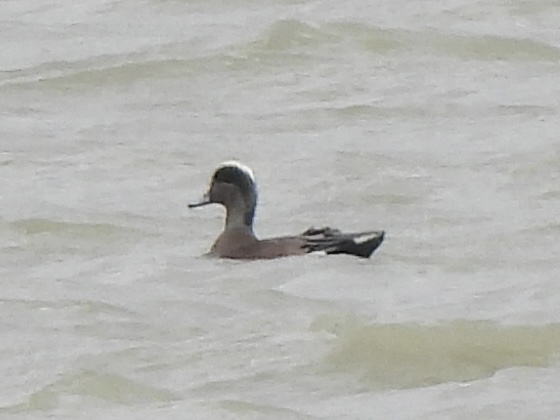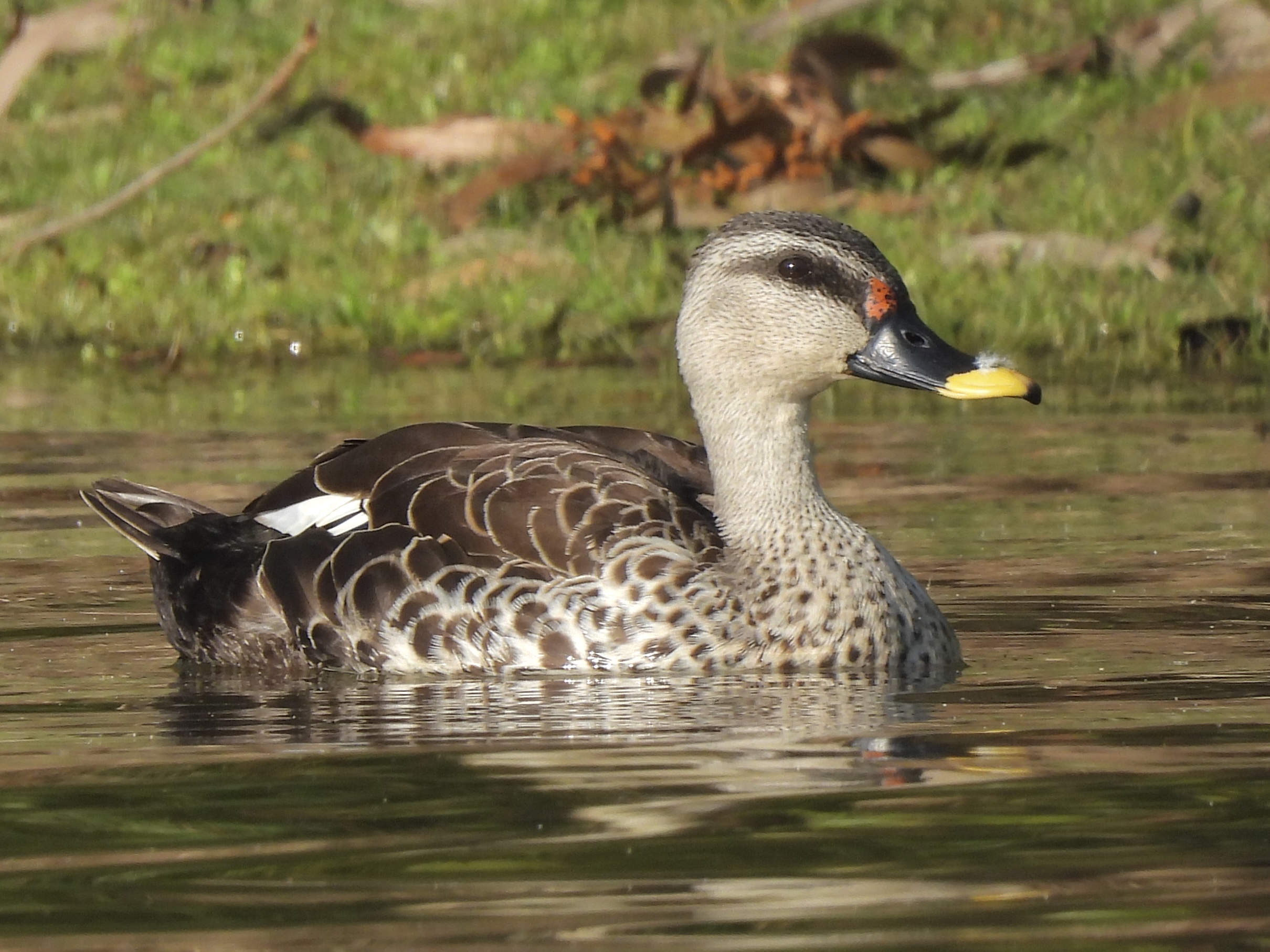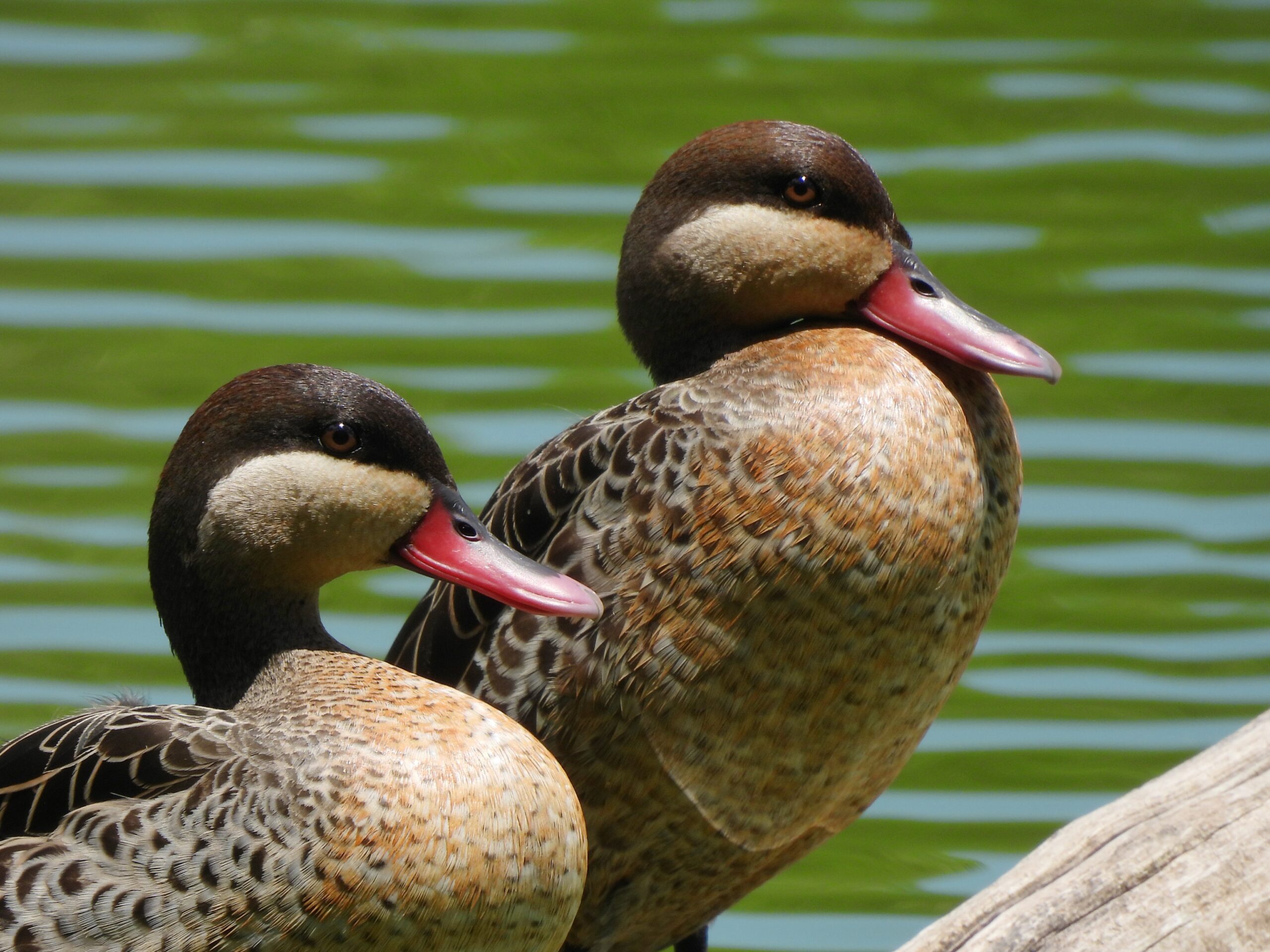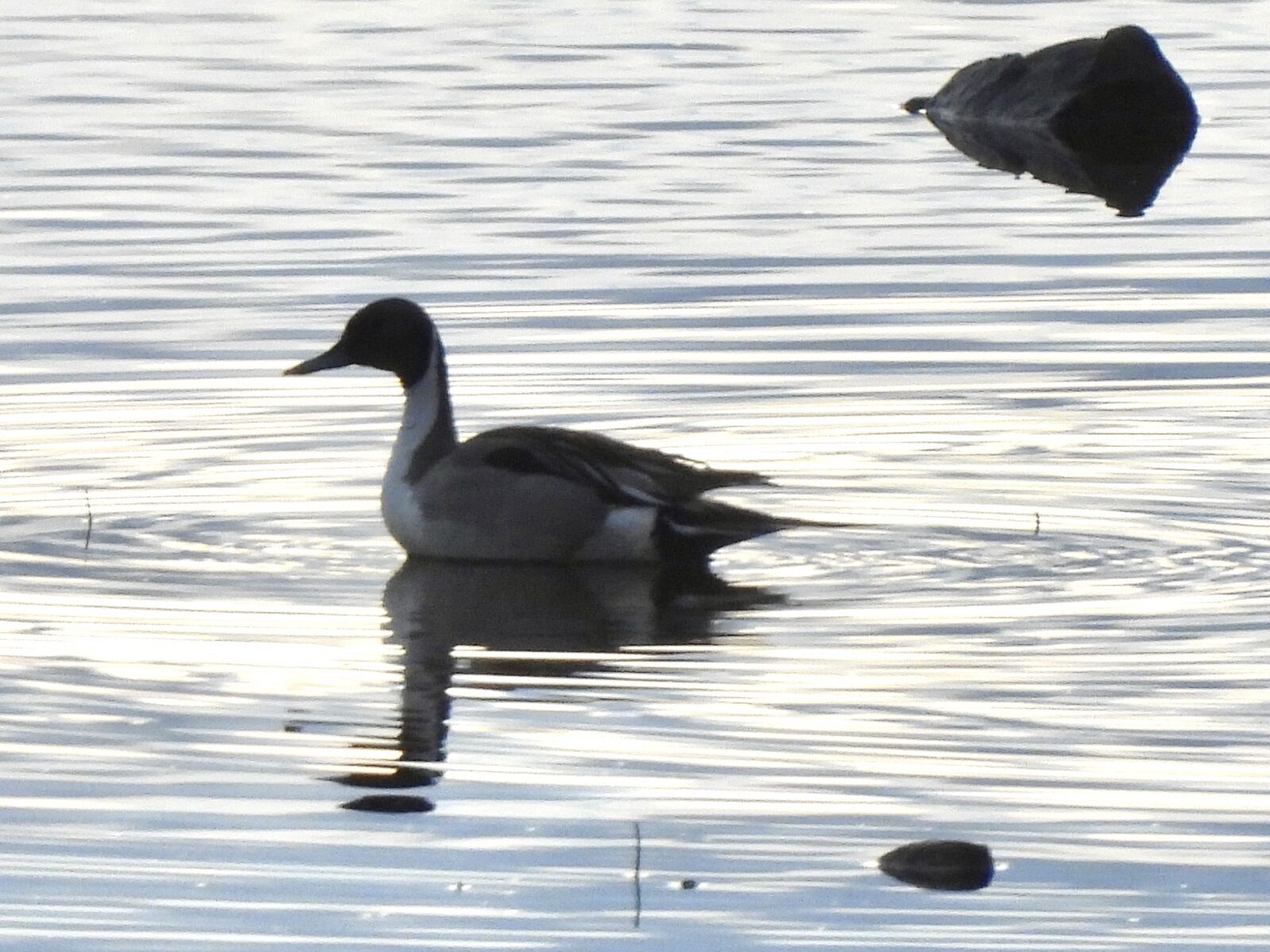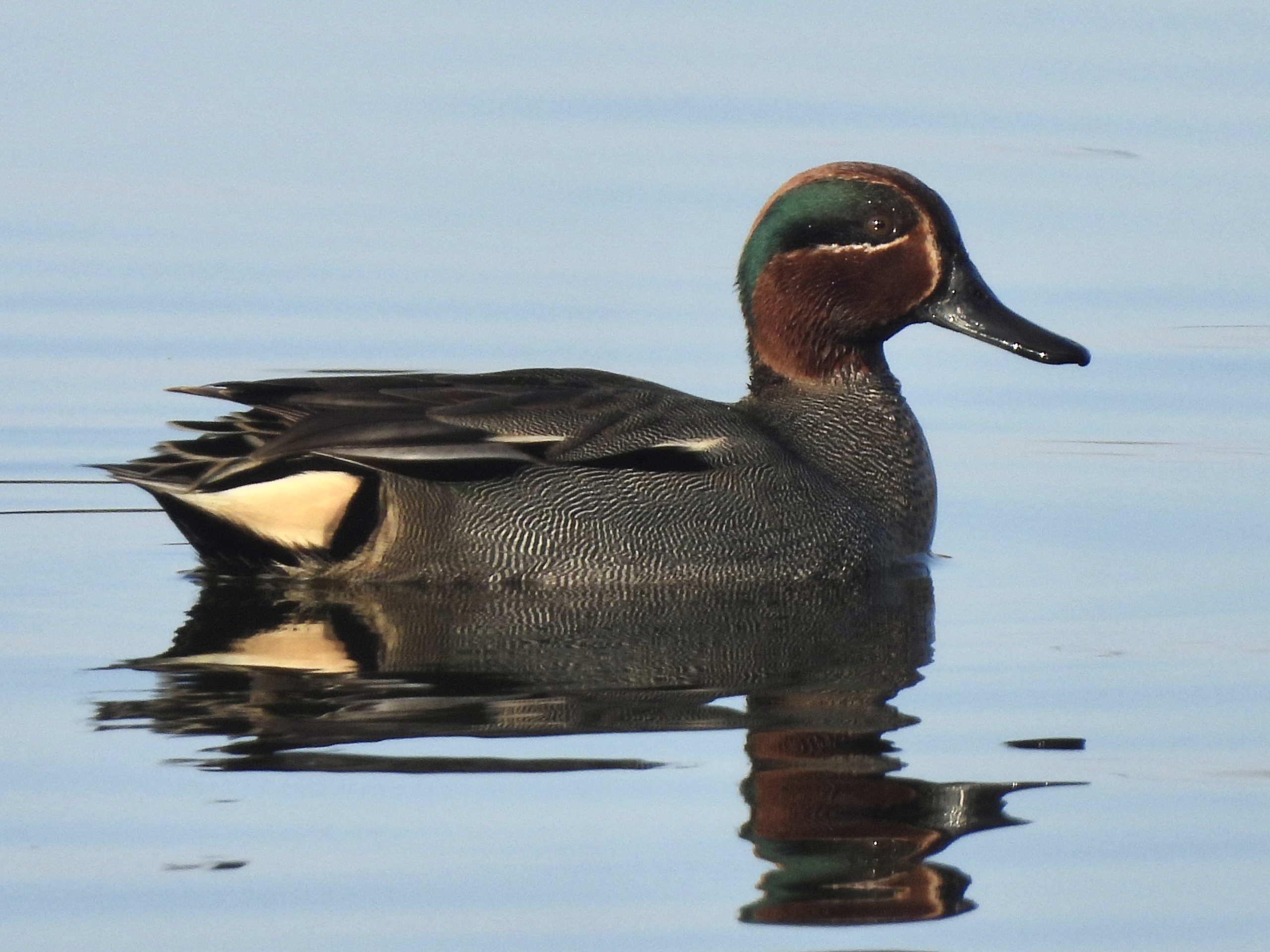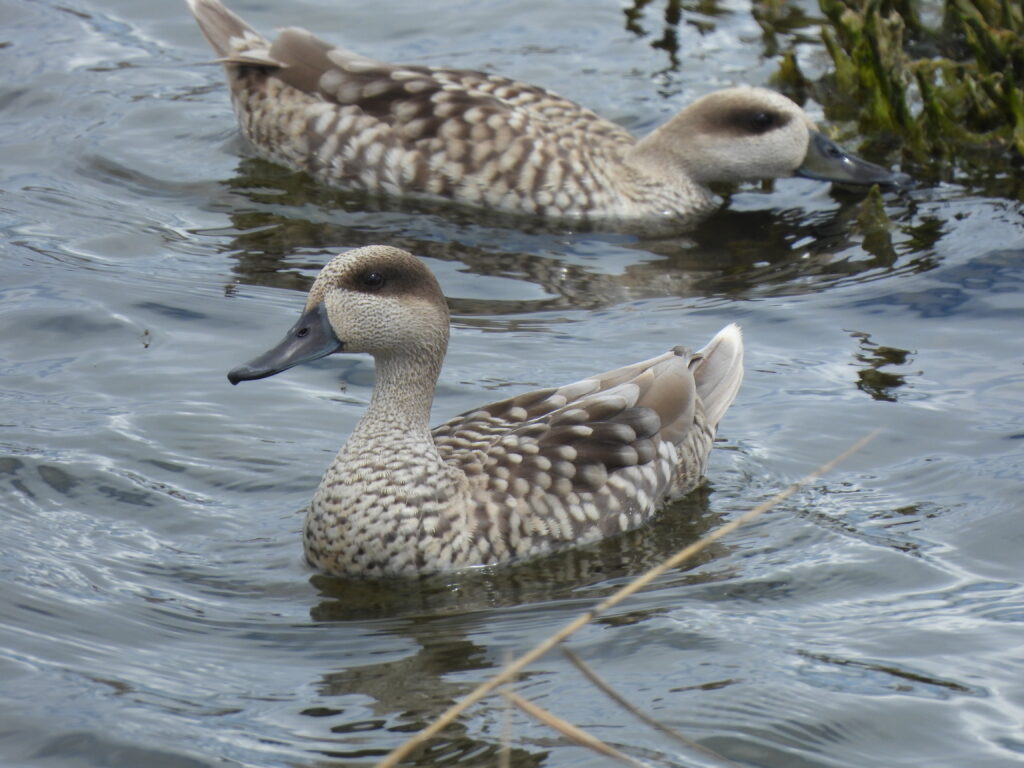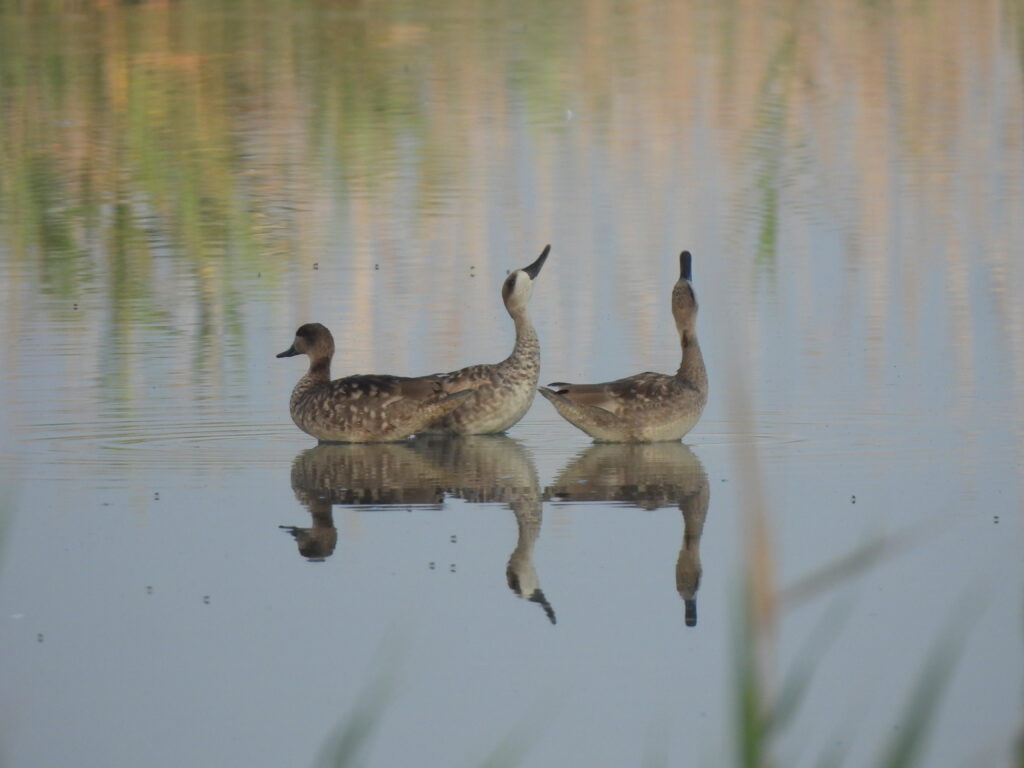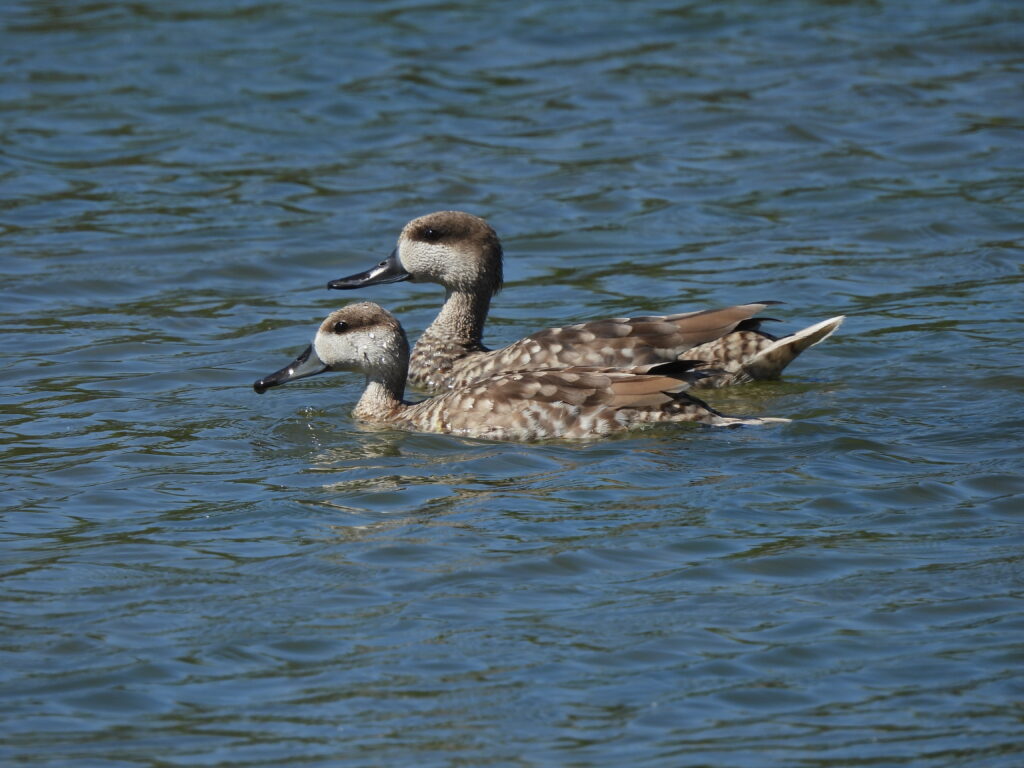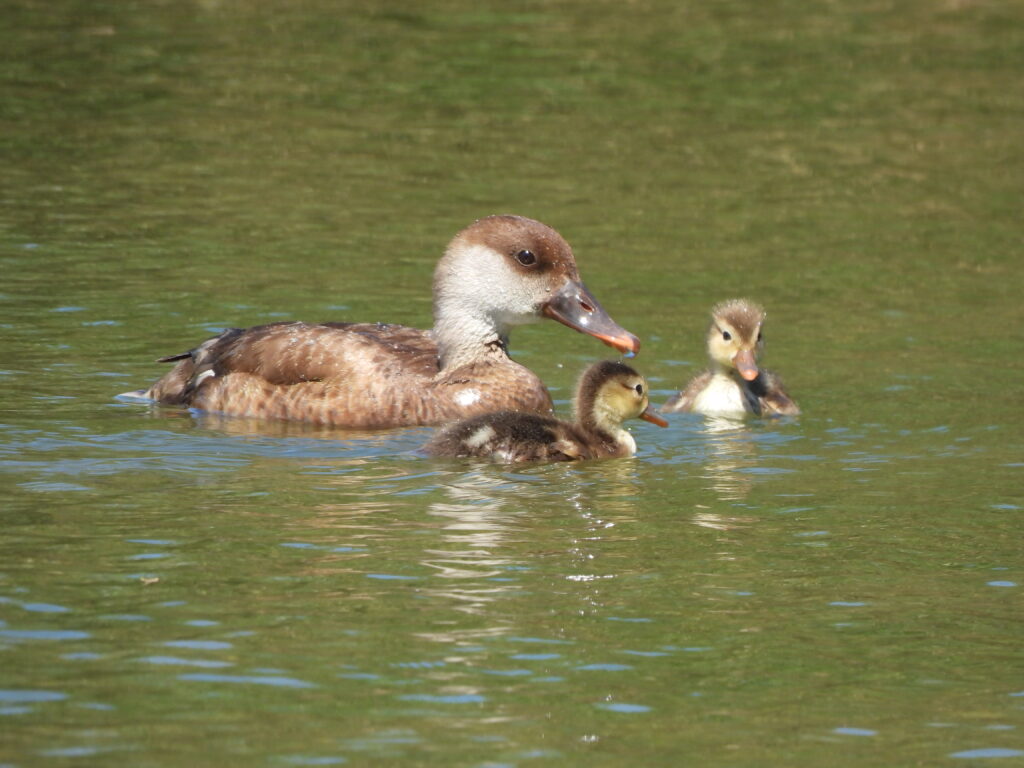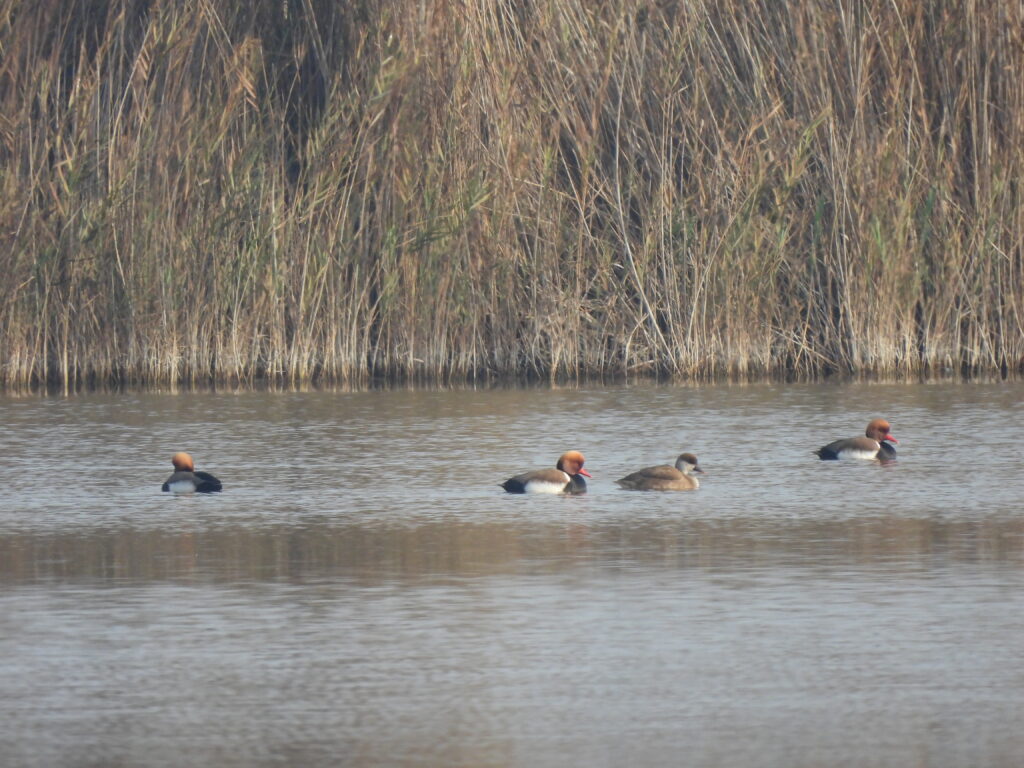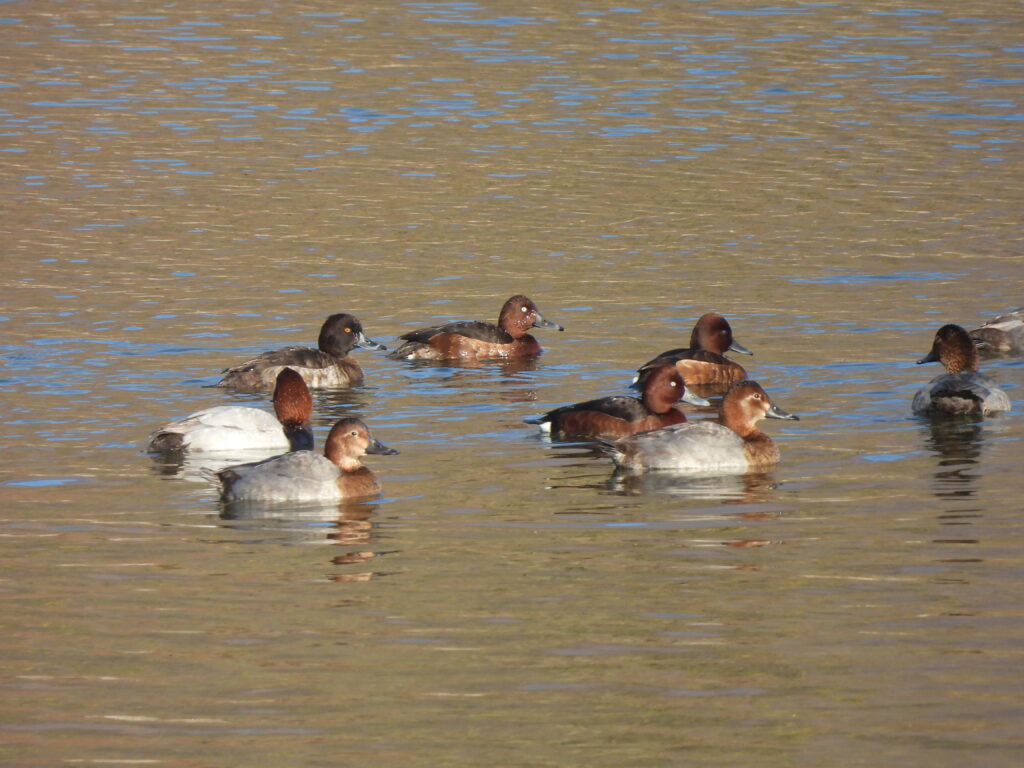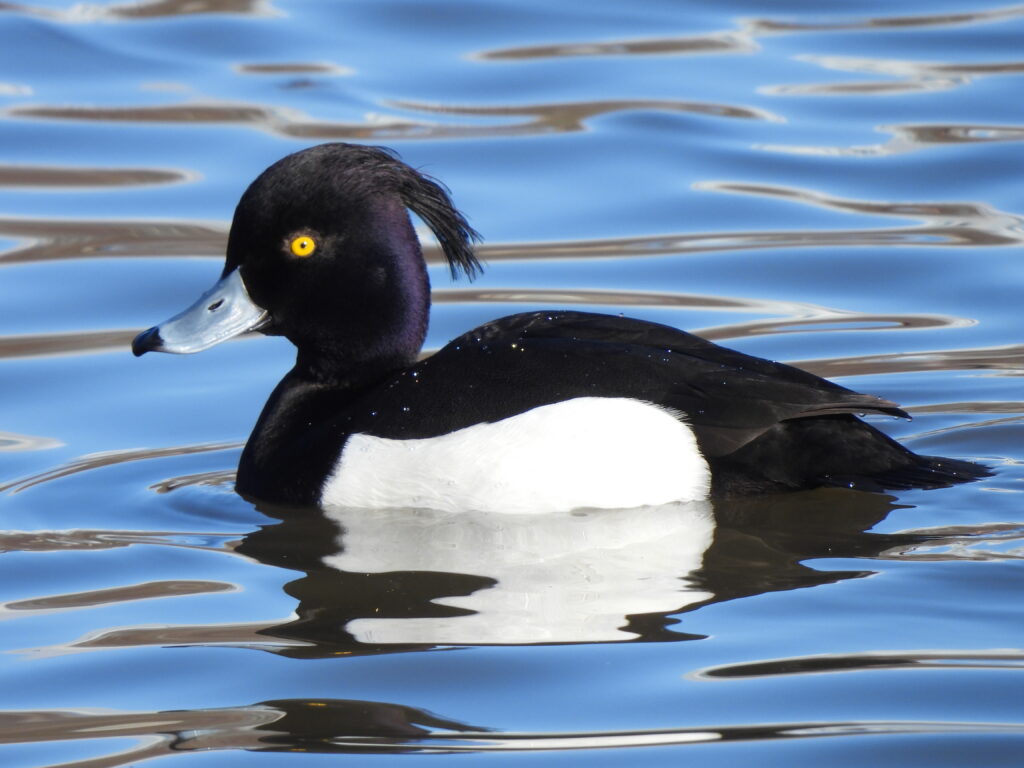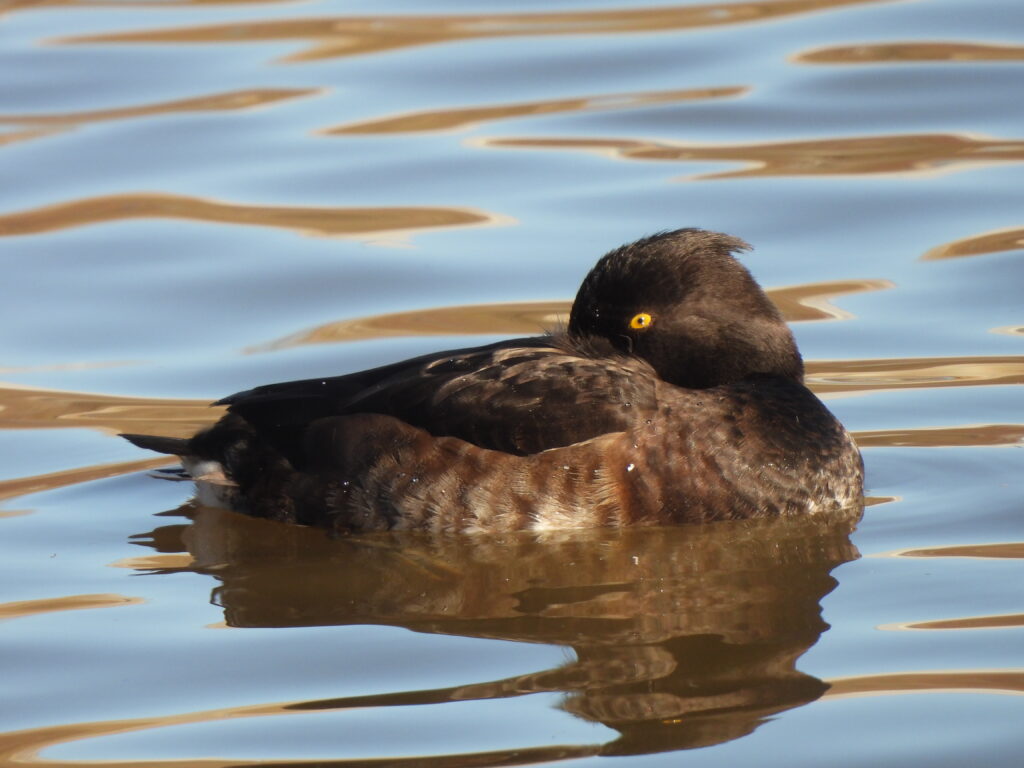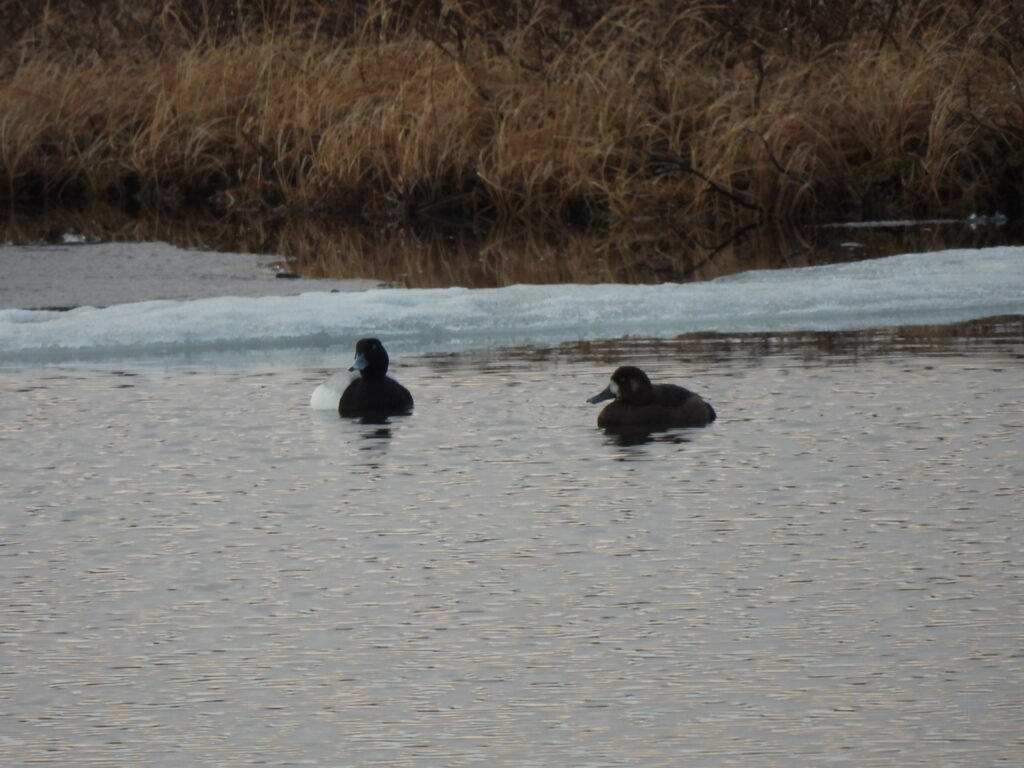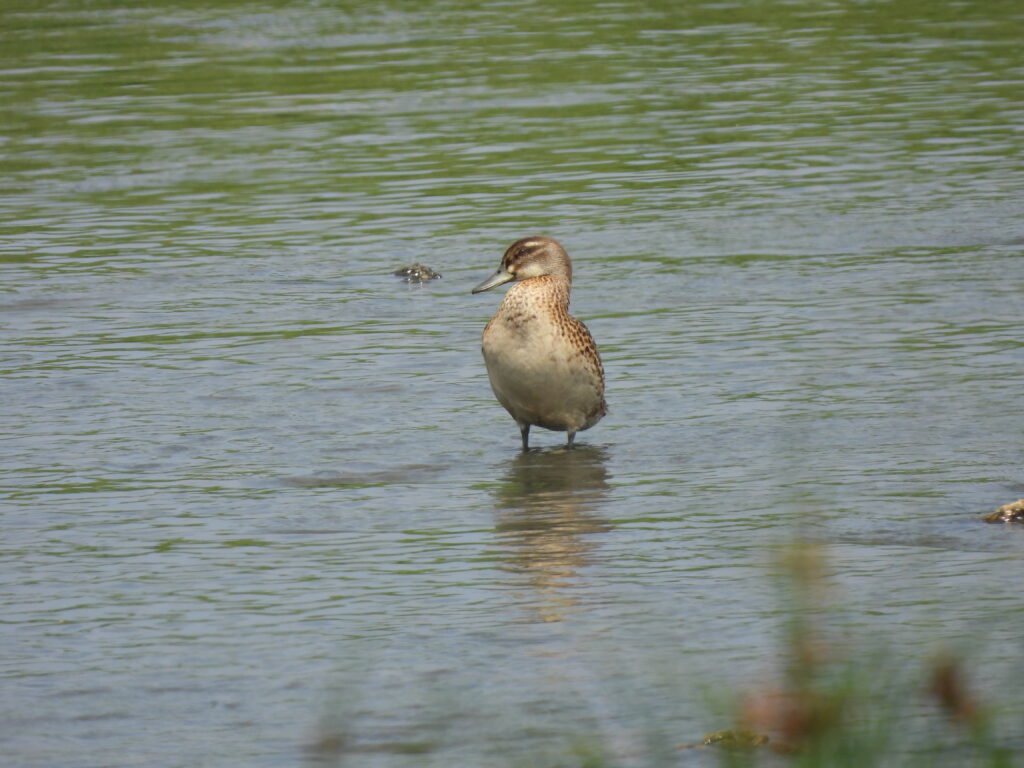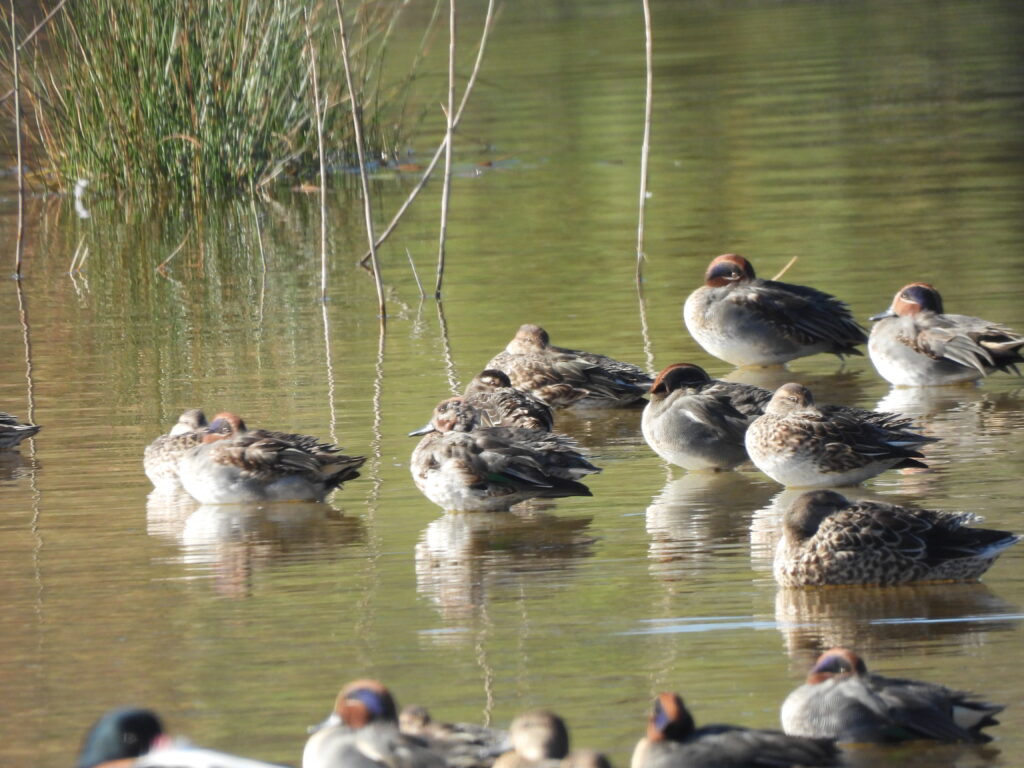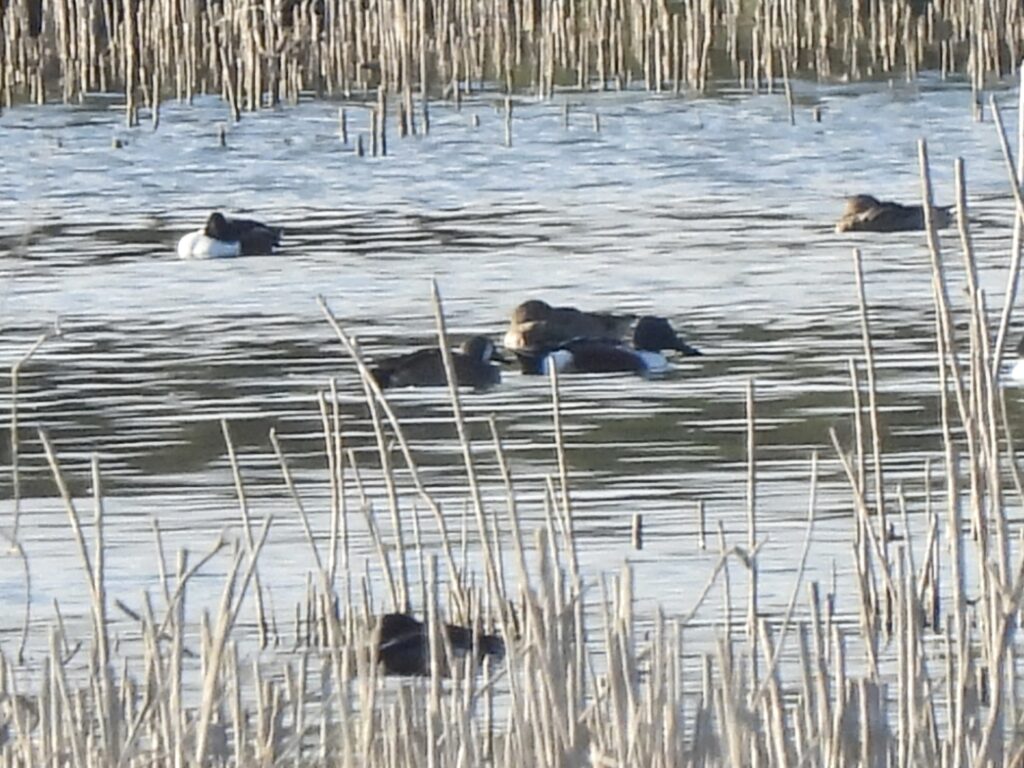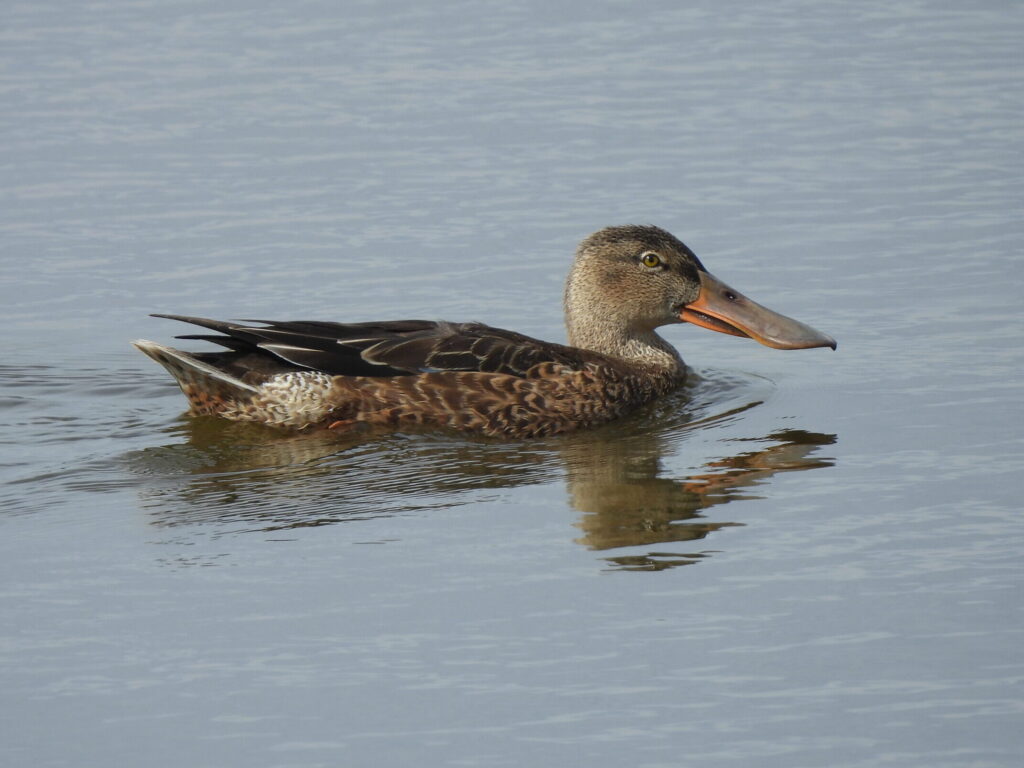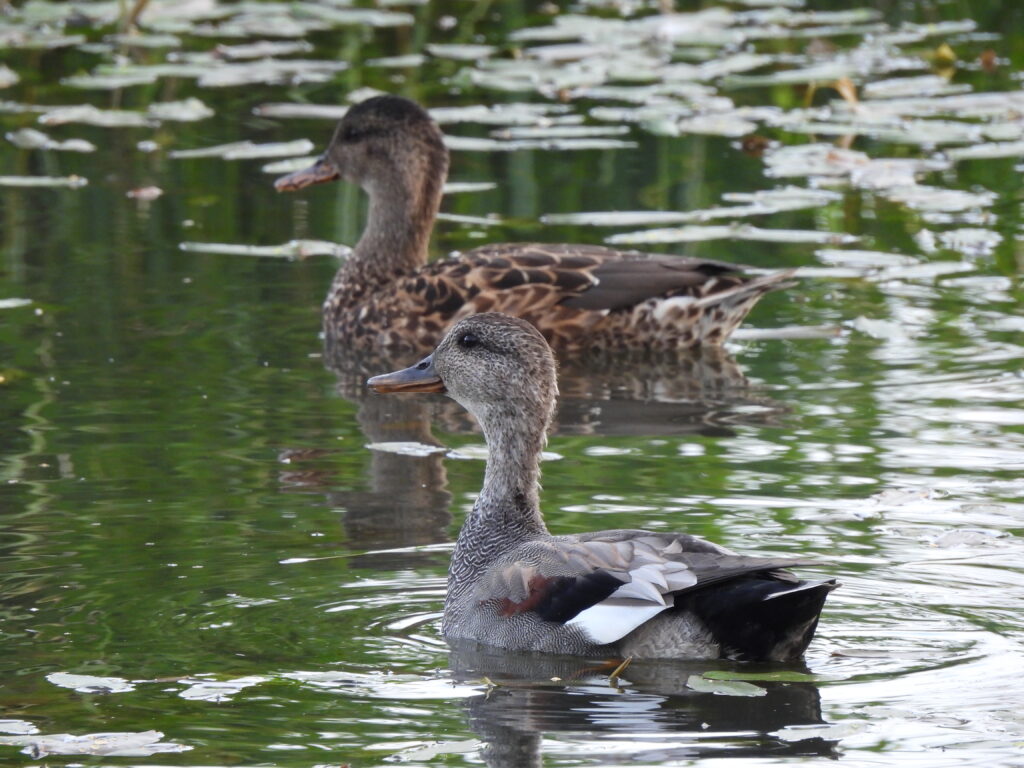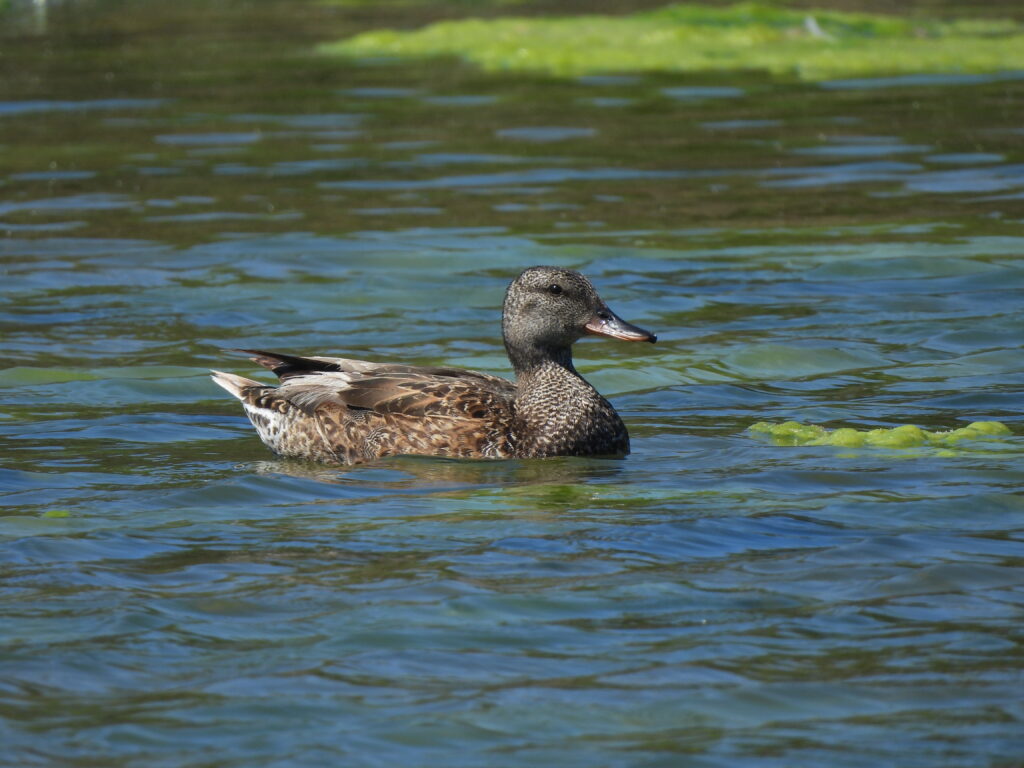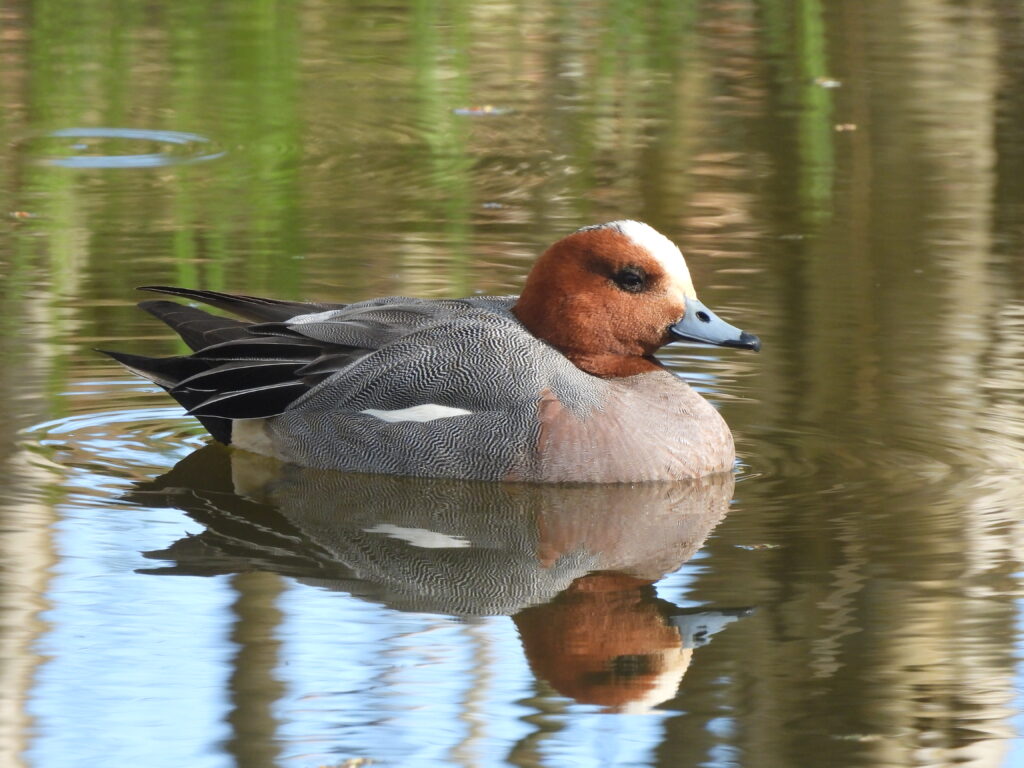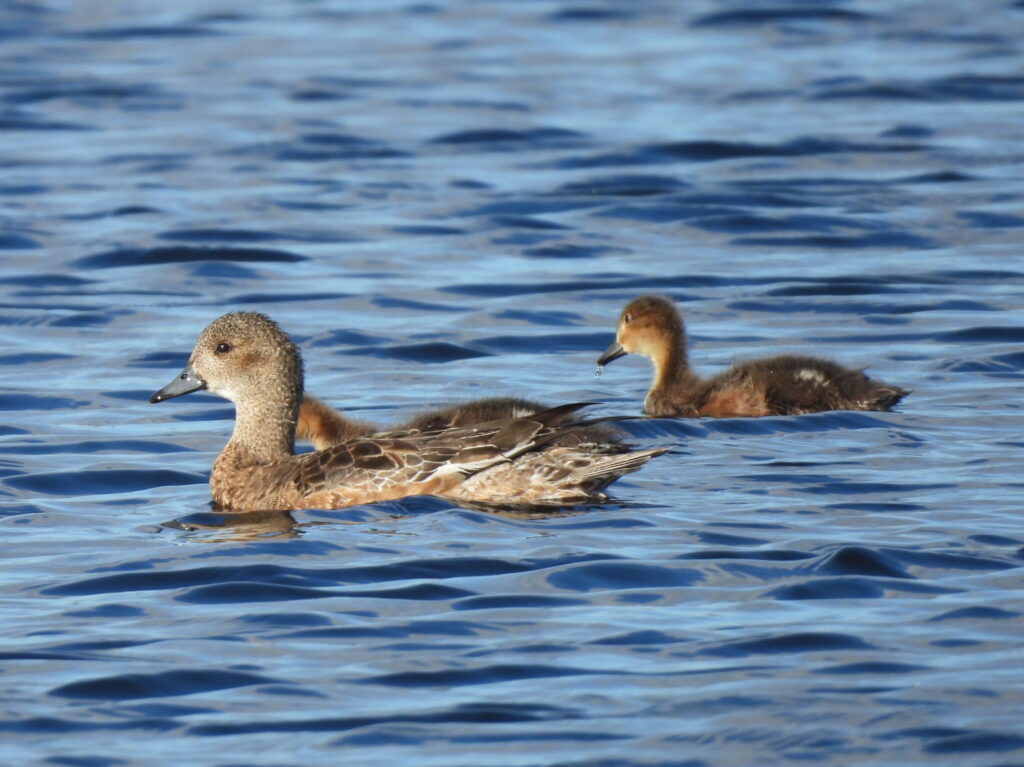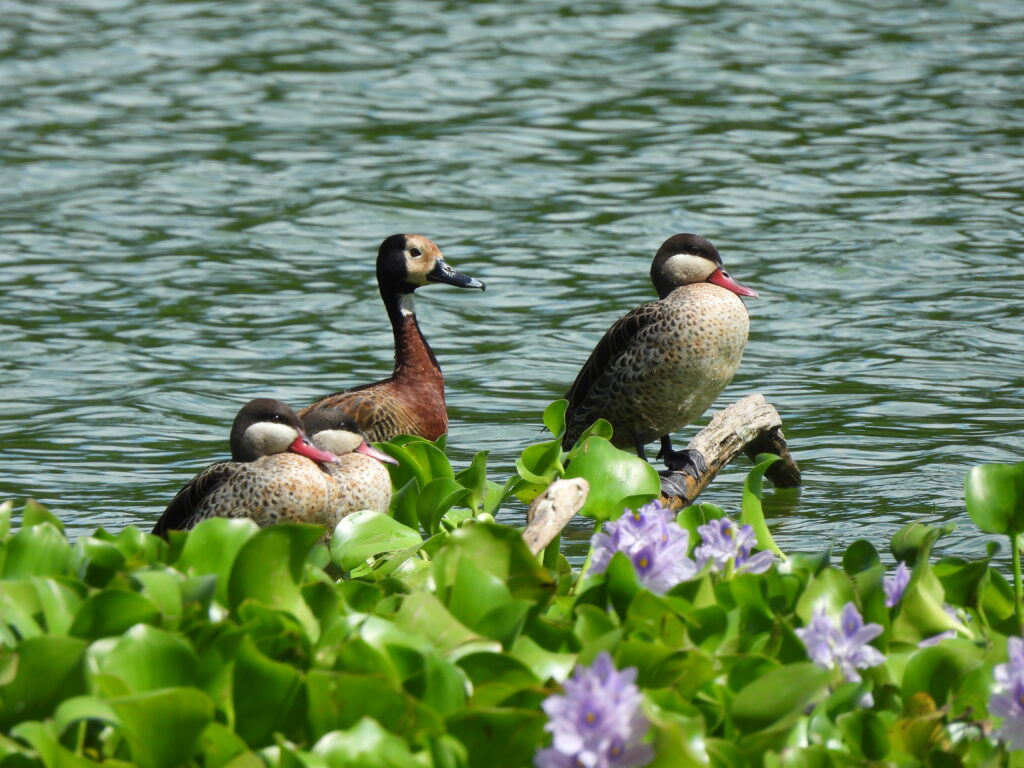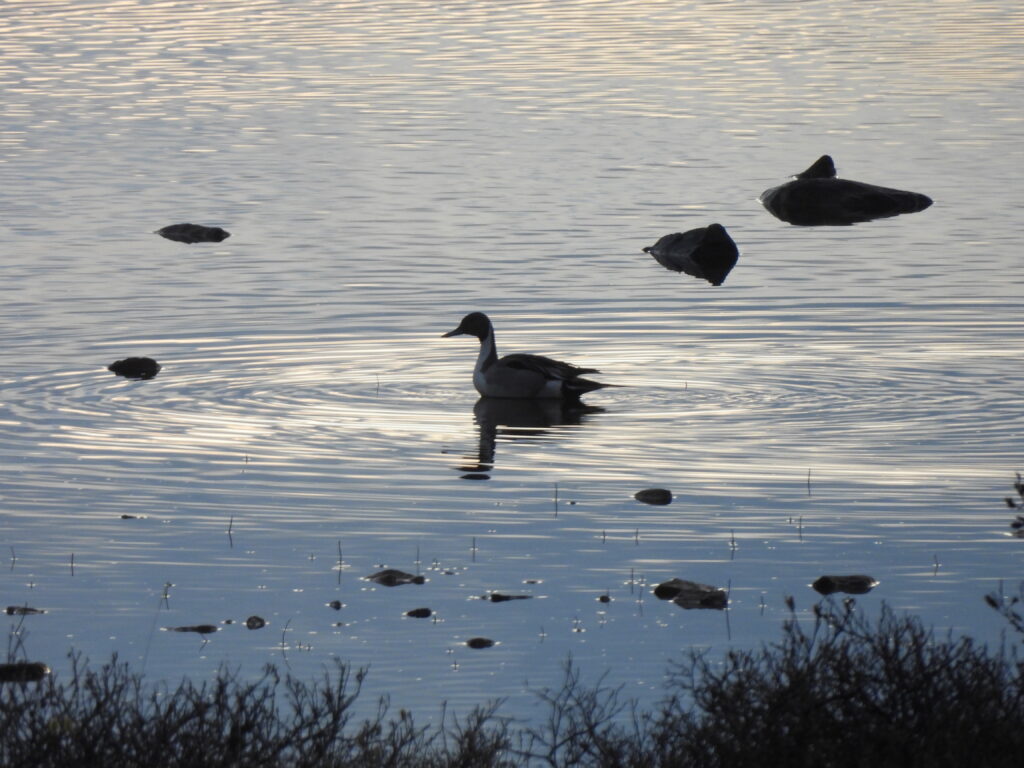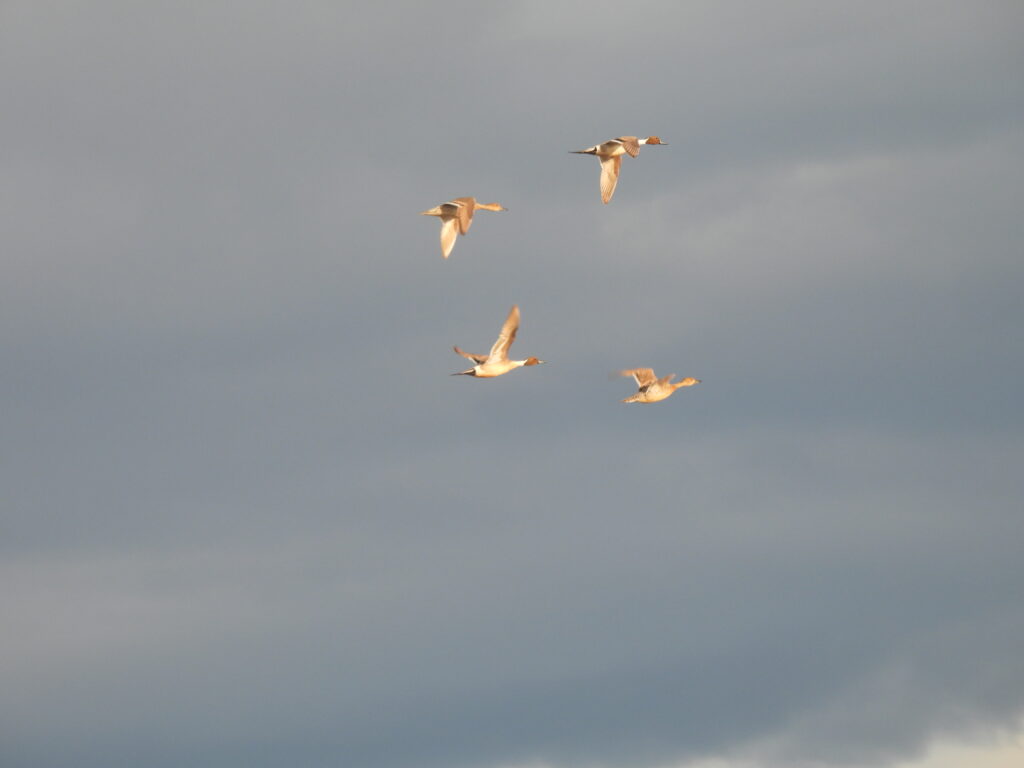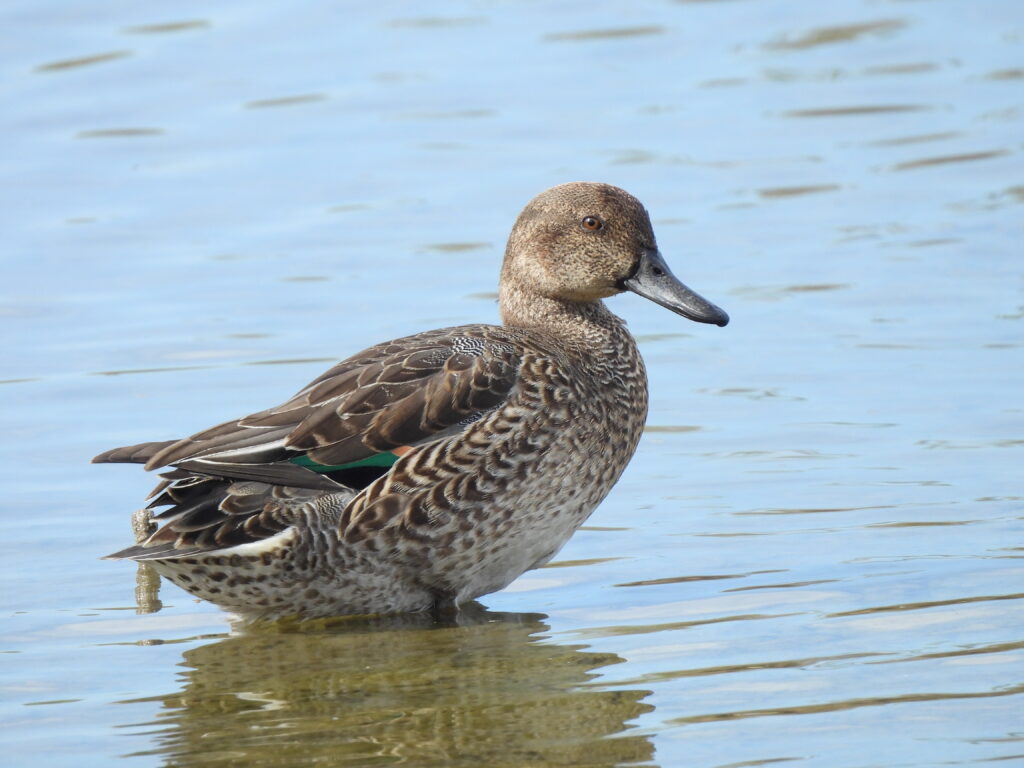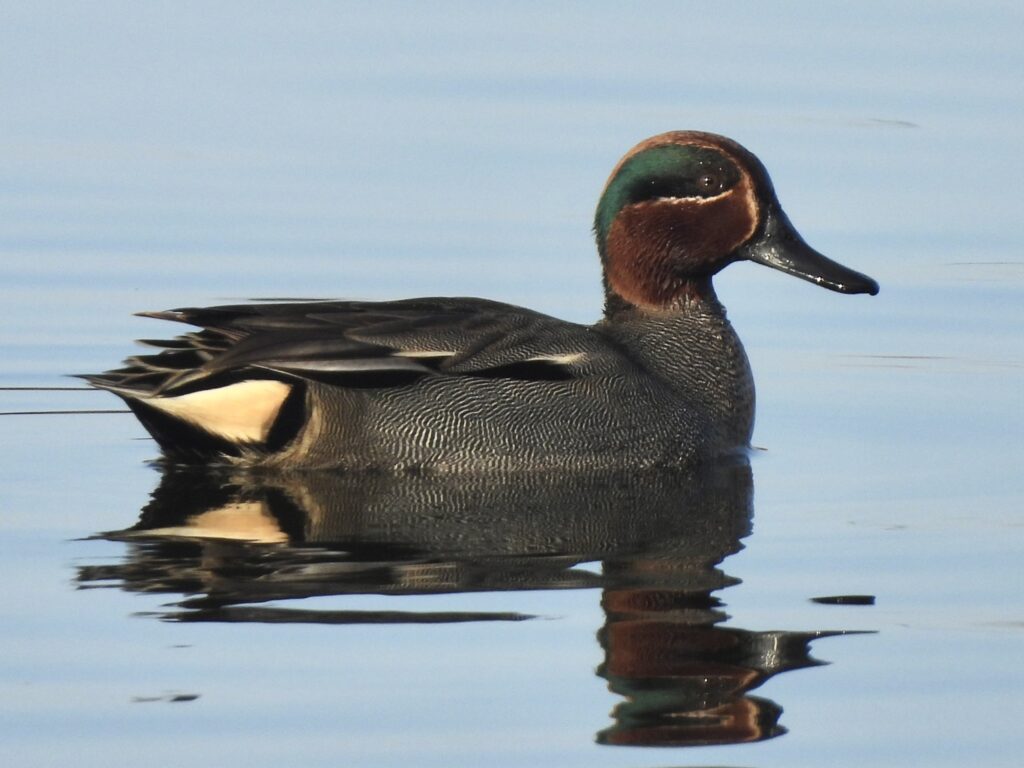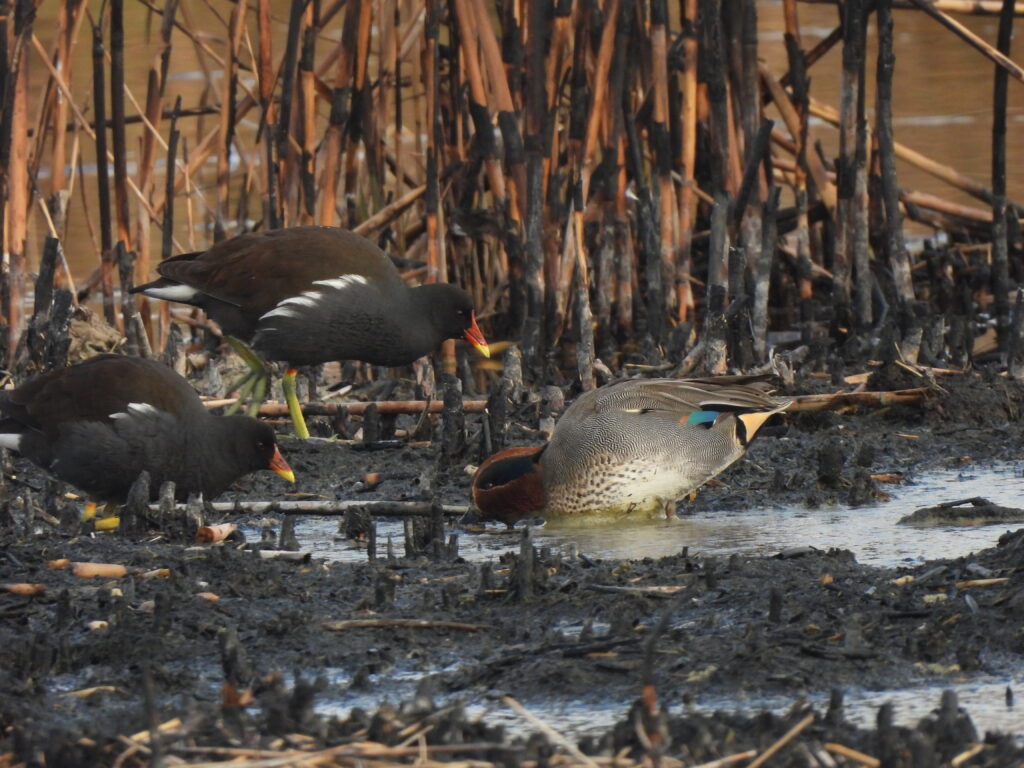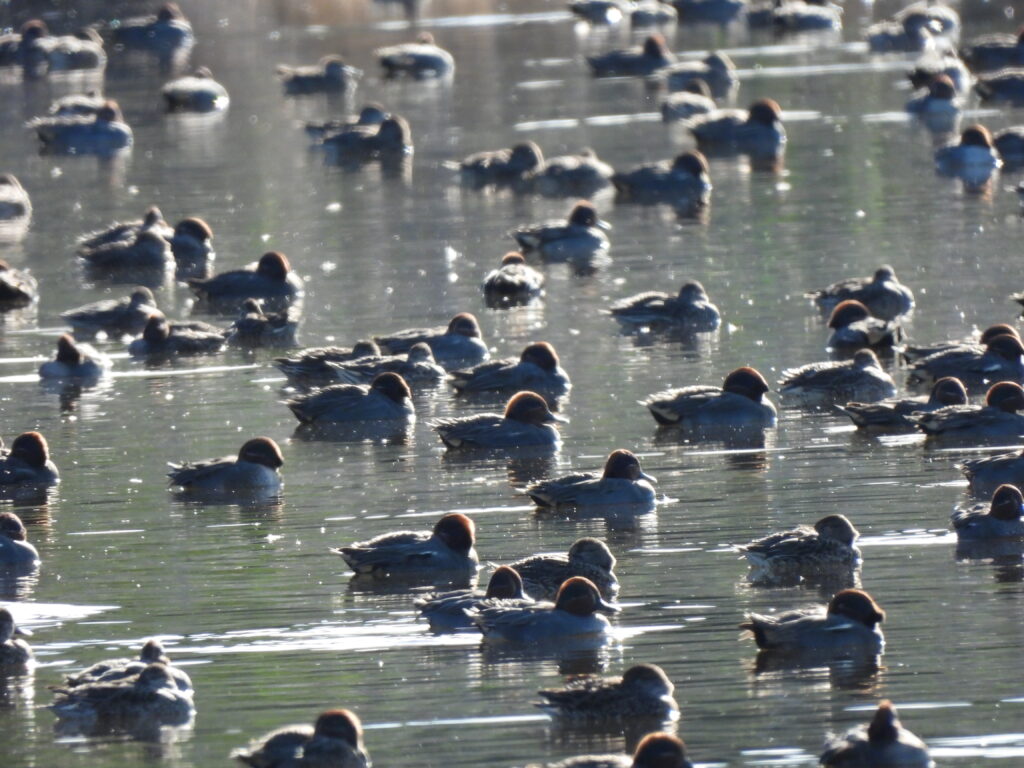The ducks, geese and waterfowl (family Anatidae) are a family of birds belonging to the order Anseriformes. These charismatic birds have a cosmopolitan distribution and live in many aquatic habitats, both inland and in the coast. They show adaptations to floating and swimming, including palmated toes, legs far in the back of the body and a generally flat bill adapted to feed on aquatic vegetation, although some species are specialized to feed on fish or mollusks. Numerous species have a marked sexual dimorphism, and males among them often have two plumage types. Humans have had a long relationship with waterfowl, including the domestication of several species, use of down from nests or hunting for centuries — which has driven several species to extinction over the last centuries.
The family comprises 165 species in 52 genera. The first page comprises basal taxa of the family, including the genera Thalassornis (1 species), Dendrocygna (8 species), Biziura (1 species), Stictonetta (1 species), Nettapus (3 species), Heteronetta (1 species) and Nomonyx (1 species), Oxyura (5 species), Plectropterus (1 species) and Malacorhynchus (1 species). This first page also comprises the subfamily Anserinae, which includes the swans of genera Coscoroba (1 species) and Cygnus (6 species) and the geese of genera Cereopsis (1 species), Branta (6 species) and Anser (11 species).
The second page includes two groups of ducks. The subfamily Tadorninae includes shelducks and allies, comprising genera Merganetta (1 species), Callonetta (1 species), Cairina (1 species), Aix (2 species), Neochen (1 species), Chloephaga (5 species), Radjah (1 species), Alopochen (1 species plus 2 extinct) and Tadorna (6 species of which 1 likely extinct). The subfamily Merginae includes the sea ducks, comprising genera Clangula (1 species), Histrionicus (1 species), the eiders of genera Polysticta (1 species) and Somateria (3 species), the scoters of genus Melanitta (6 species), the goldeneyes of genus Bucephala (3 species) and the mergansers of genera Mergellus (1 species), Lophodytes (1 species) and Mergus (4 species plus 1 extinct).
This third page includes two groups of ducks. The diving ducks belong to the subfamily Aythyinae, comprising genera Sarkidiornis (2 species), Hymenolaimus (1 species), Chenonetta (1 species), Cyanochen (1 species), Pteronetta (1 species), Marmaronetta (1 species), Asarcornis (1 species), Rhodonessa (1 likely extinct species), Netta (3 species) and Aythya (12 species). The dabbling ducks belong to the subfamily Anatinae, which includes genera Salvadorina (1 species), Lophonetta (1 species), Speculanas (1 species), Amazonetta (1 species), Tachyeres (3 species), Sibirionetta (1 species), Spatula (10 species), Mareca (5 species plus 1 extinct) and Anas (30 species plus 1 extinct).
Adrián Colino Barea
Knob-billed duck
Sarkidiornis melanotos
Found in freshwater lakes of the Afrotropical realm, Indian Subcontinent and Southeast Asia. Uncommon and odd, with only drakes showing a unique, massive dark knob on top of the bill. I have observed a family group in a pond in Arabuko Sokoke National Park, Kenya.
Marbled duck
Marmaronetta angustirostris
Nomadic and scarce duck found locally in temporary ponds and marshes along a patchy distribution from the Iberian Peninsula and North Africa to India. This is one of the signature species of some wetlands in Alicante, where it is an uncommon resident undergoing a population reinforcement program.
Red-crested pochard
Netta rufina
Breeding locally in well vegetated freshwater wetlands from the Iberian Peninsula to Mongolia north to Germany, migrating to North Africa and the Indian Subcontinent in part of their range. This species can be seen year round in the wetlands in Alicante, where flocks can be particularly numerous in winter.
Ferruginous duck
Aythya nyroca
Migratory in ponds and marshes of Southern and Eastern Europe to Central Asia and through the Sahara in Africa. Drakes show distinctive light eyes that give the species the name of white-eyed pochard. Threatened and scarce in Western Europe, small numbers can be seen year-round in wetlands in Alicante. I have also seen this species in winter in Lake Kerkini, Greece.
Common pochard
Aythya ferina
Old World pochard mostly breeding in marshes and steppes of Northern Europe and Asia and wintering south to Europe, North Africa, the Nile Valley and South Asia. Vulnerable and declining in part of its range. This species occurs in large numbers in wetlands of Alicante in winter. It is a very local summer visitor in the Helsinki area.
Tufted duck
Aythya fuligula
Breeds in vegetated wetlands across temperate and cold latitudes of the Old World, migrating to open waters in warmer regions, often in the coast. Both sexes show a tuft on the back of the head, shorter in females. Uncommon but regular winter visitor in Alicante. Resident in wetlands of Helsinki, where some pairs even stay over winter.
Greater scaup
Aythya marila
Breeds in tundra marshes in the Arctic and migrates south in winter mainly to coastal areas in Japan, coastal North America the Baltic Sea and elsewhere in Europe. I have observed pairs of this species in low densities in lakes of the Varanger Peninsula tundra in Norwegian Lapland.
Garganey
Spatula querquedula
Highly migratory, breeding across temperate regions of Eurasia from France to North Japan and spending winter in Subsaharan Africa and South Asia. All plumages show an elaborate head plumage pattern. This species is an uncommon passage visitor in Alicante wetlands.
Blue-winged teal
Spatula discors
New World duck breeding in marshes and ponds throughout much of North America and migrates south to north Brazil and Ecuador. This species is a regular vagrant to the Western Palearctic, although rare in Mediterranean Spain. I have seen a drake in Clot de Galvany, Alicante.
Northern shoveler
Spatula clypeata
Breeds in lakes throughout the Palearctic and most of western North America and migrates to warm regions during the non-breeding period, south to Equatorial Africa, Southeast Asia or the South American Caribbean. This species has a spatulate bill as some other member of its genus, the shovelers. It is an abundant winter visitor in wetlands of Alicante.
Gadwall
Mareca strepera
Breeds in marshes and wet grasslands across the Northern Hemisphere, mostly migrating during the non-breeding period. Shy and dull in plumage, showing brilliant white speculums. This species can be seen in small numbers year-round in wetlands of Alicante or Helsinki. I have seen this species beyond their range in Norwegian Lapland in summer.
Eurasian wigeon
Mareca penelope
Breeds in northern latitudes from Iceland and Fennoscandia to Kamchatka in the Russian Far East, migrating to lawns and ponds south to spend the winter elsewhere in the Palearctic — and regulrly wandering to North America. Scarce winter visitor in Alicante. Abundant in lakes and ponds of Helsinki during summer.
American wigeon
Mareca americana
Long-distance migrant from lakes in North American taiga to wetlands south to the Caribbean in winter. New World counterpart of the Eurasian wigeon, both of which have a distinctive whistling call. Vagrates regularly to Europe, where I got to see probably the first for Eastern Spain, a drake in breeding plumage inland in Cuenca.
Indian spot-billed duck
Anas poecilorhyncha
Two forms exist: the Indian poecilorhyncha is endemic to the Indian Subcontinent and the Burmese haringtoni occurs from Myanmar to Southern China and Laos. I have observed several flocks in different areas of south India.
Mallard
Anas platyrhynchos
Widespread in the Palearctic, unlike other ducks often occurring in degraded wetlands or in proximity to human settlements. It has been domesticated and introduced or escaped widely worldwide. It is the most widespread duck in Alicante, where it can be seen year round.
Red-billed teal
Anas erythrorhyncha
Found in freshwater wetlands of Southern and Eastern Africa and Madagascar. Small and gregarious, with all plumages showing a distinctive bright pink-red bill. I have seen good numbers of this species on a lake in Antananarivo, Madagascar.
Northern pintail
Anas acuta
Breeds in northern latitudes across the Northern Hemisphere and migrates in flocks to winter south to Panama, Subsaharan Africa, India or the Philippines. Smart and elegant, with drakes showing a particularly long tail. Scarce but regular wintering species in Alicante. I have seen it at breeding gounds in Lapland.
Green-winged teal
Anas crecca
Migratory species found across the Northern Hemisphere. In the Old World, the Eurasian crecca form gathers in large flocks in wetlands of Alicante and elsewhere in warm regions. Traditionally considered a separate species, he New World green-winged carolinensis form is a vagrant in Europe — I saw a drake in winter at L’Albufera, Valencia back in 2020.
Adrián Colino Barea


